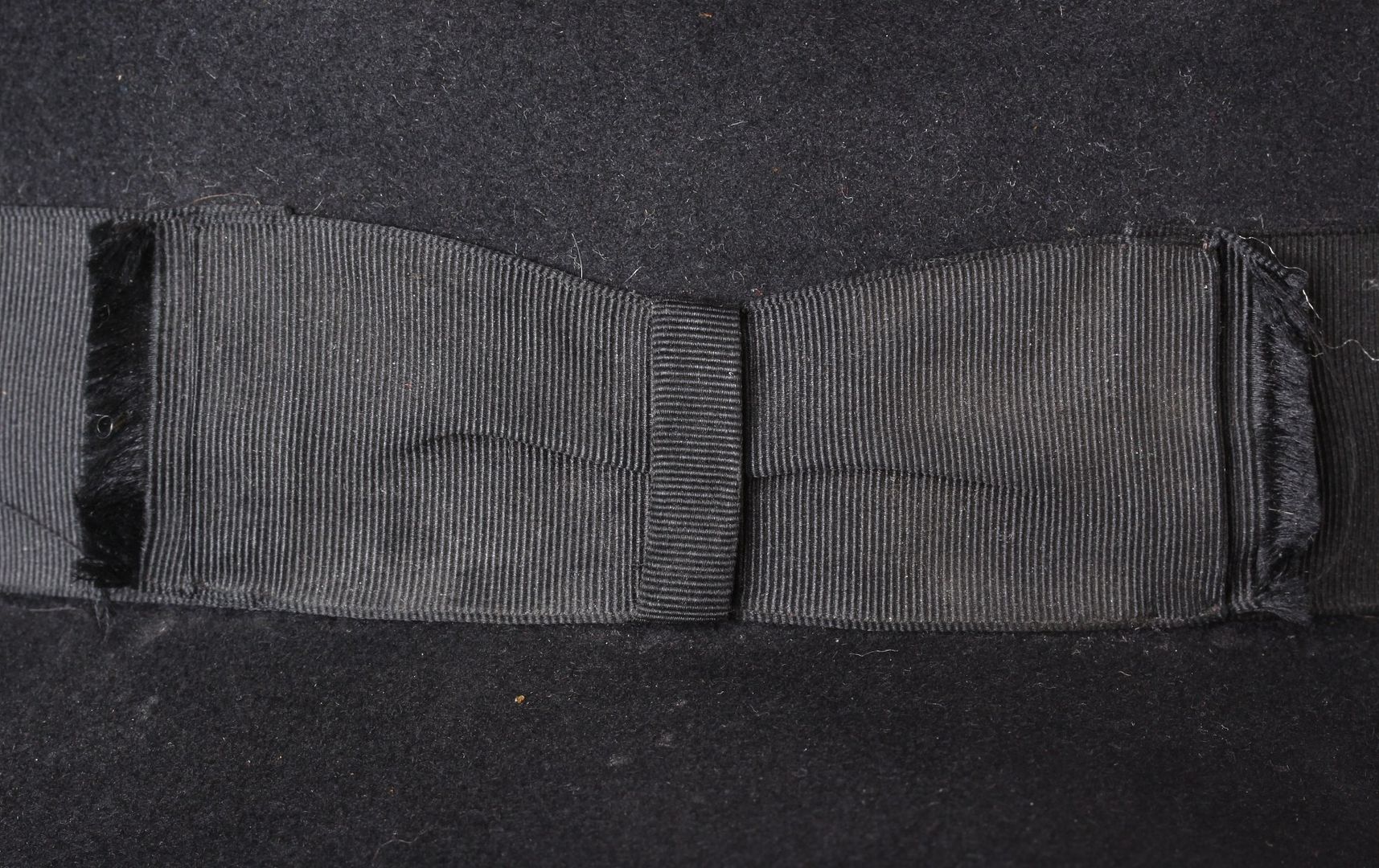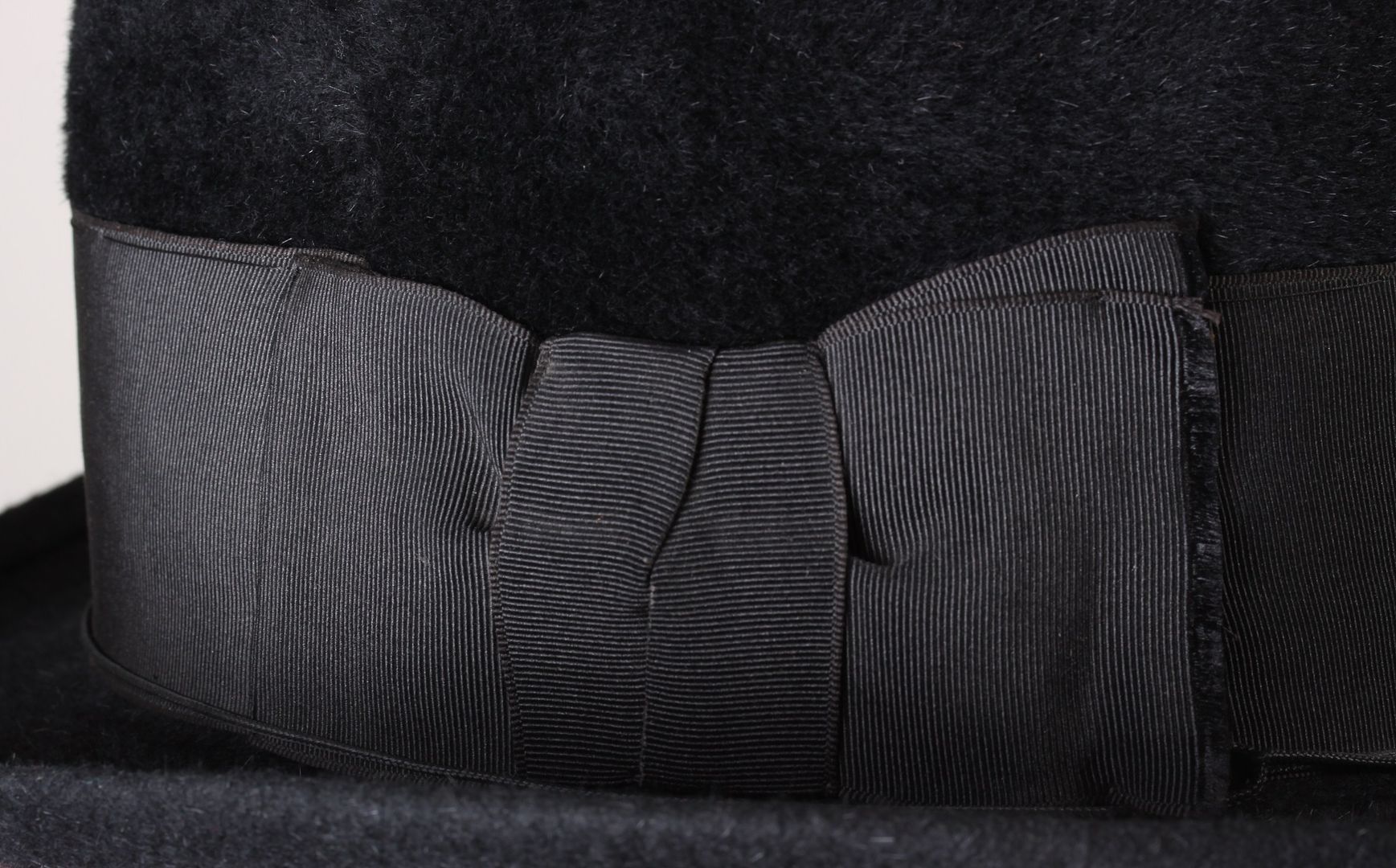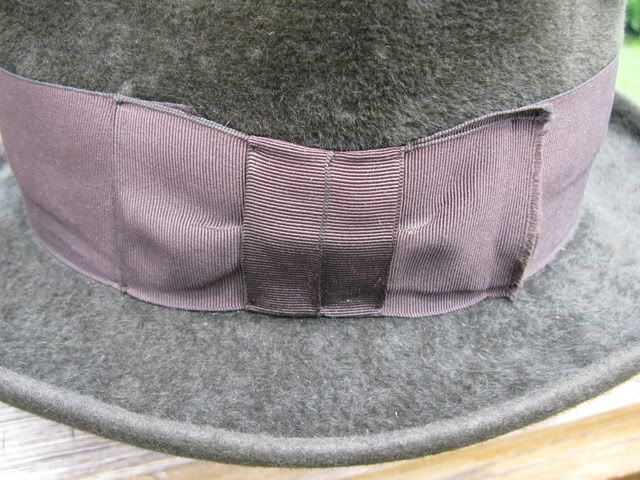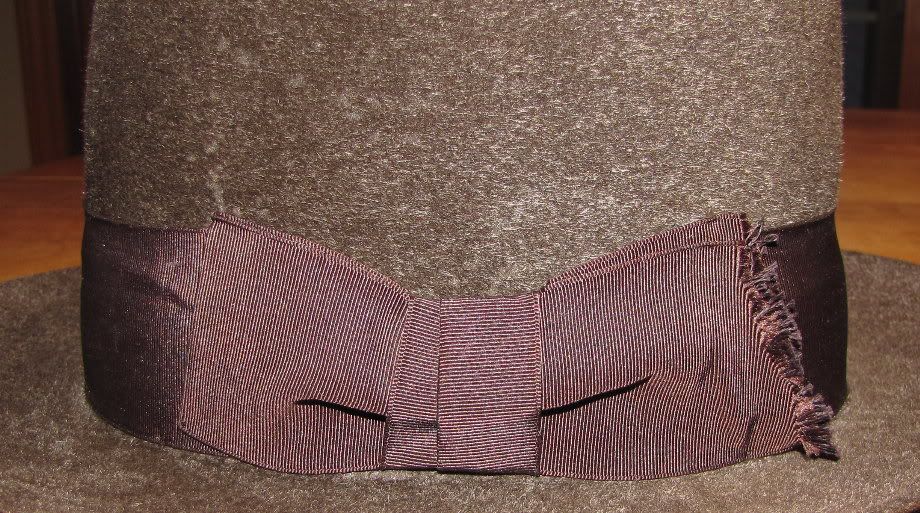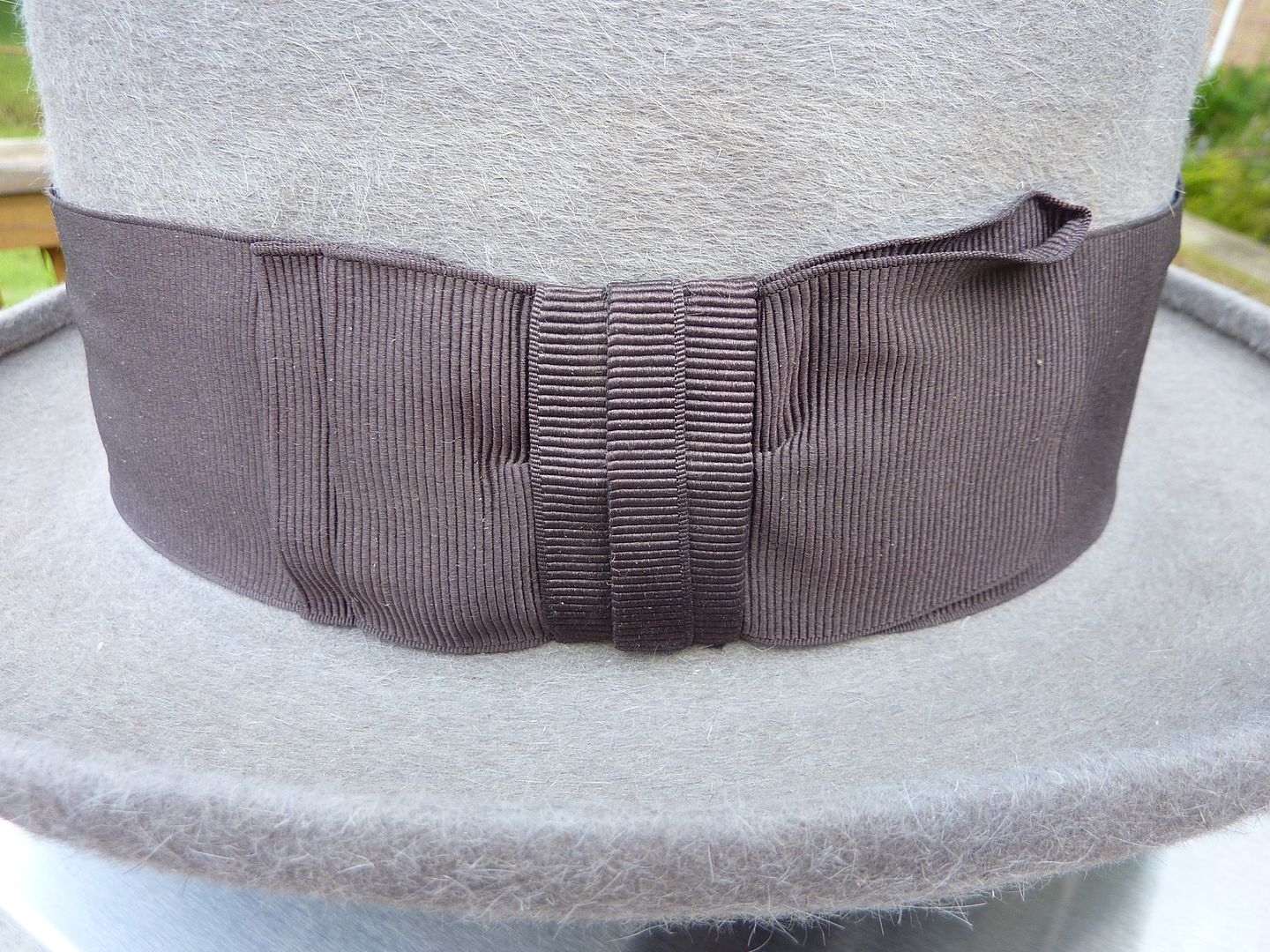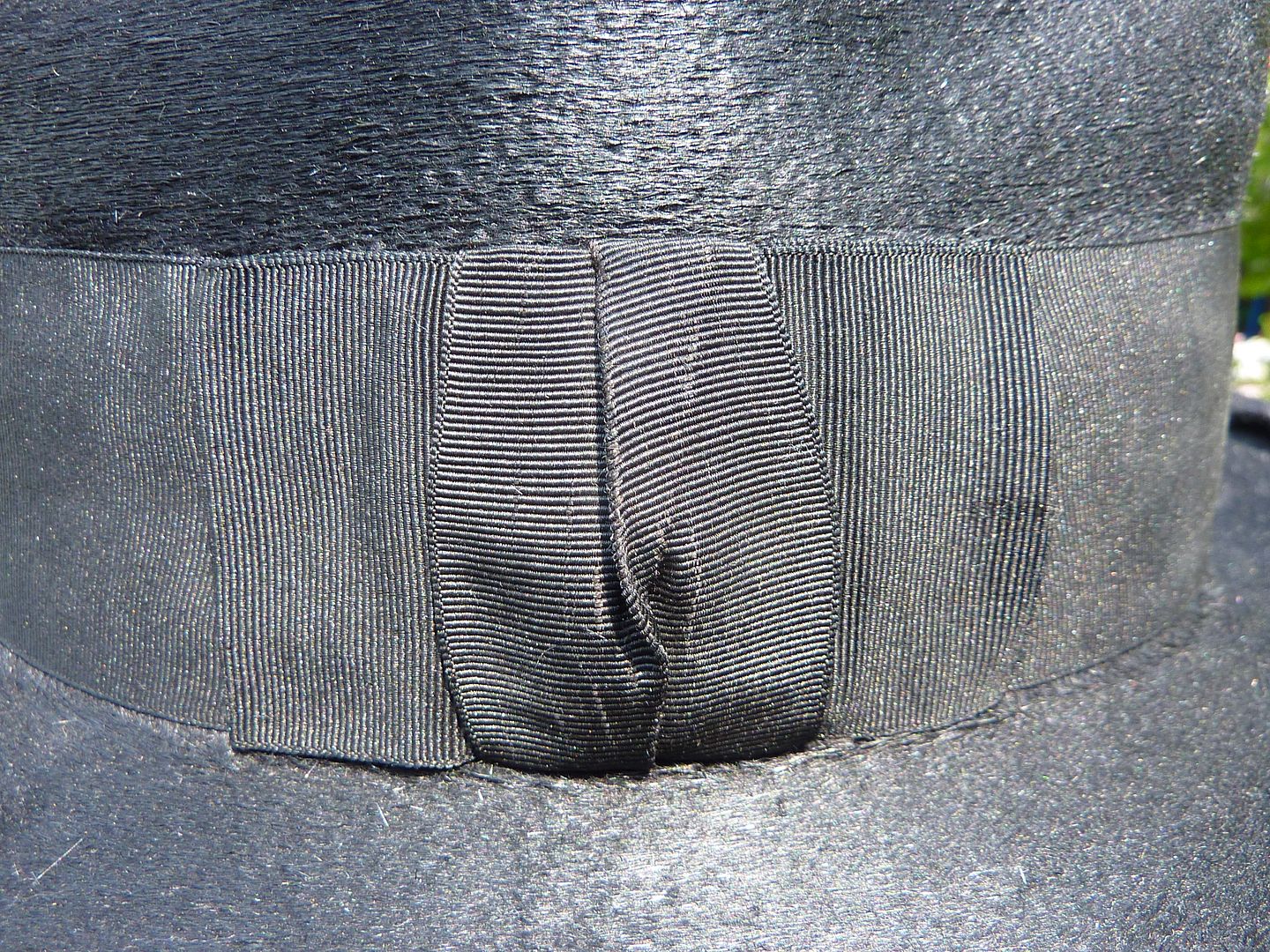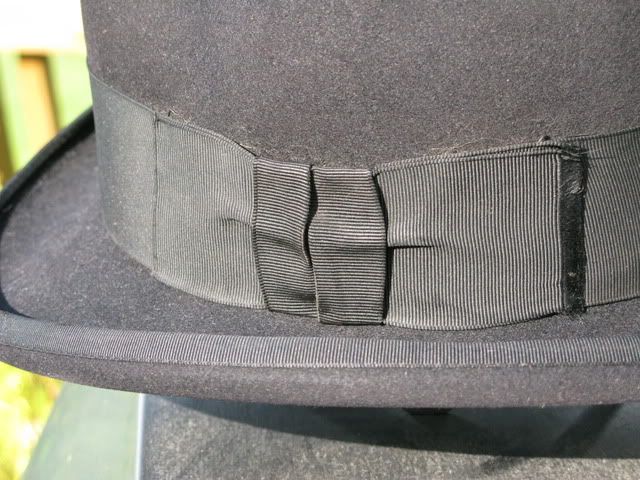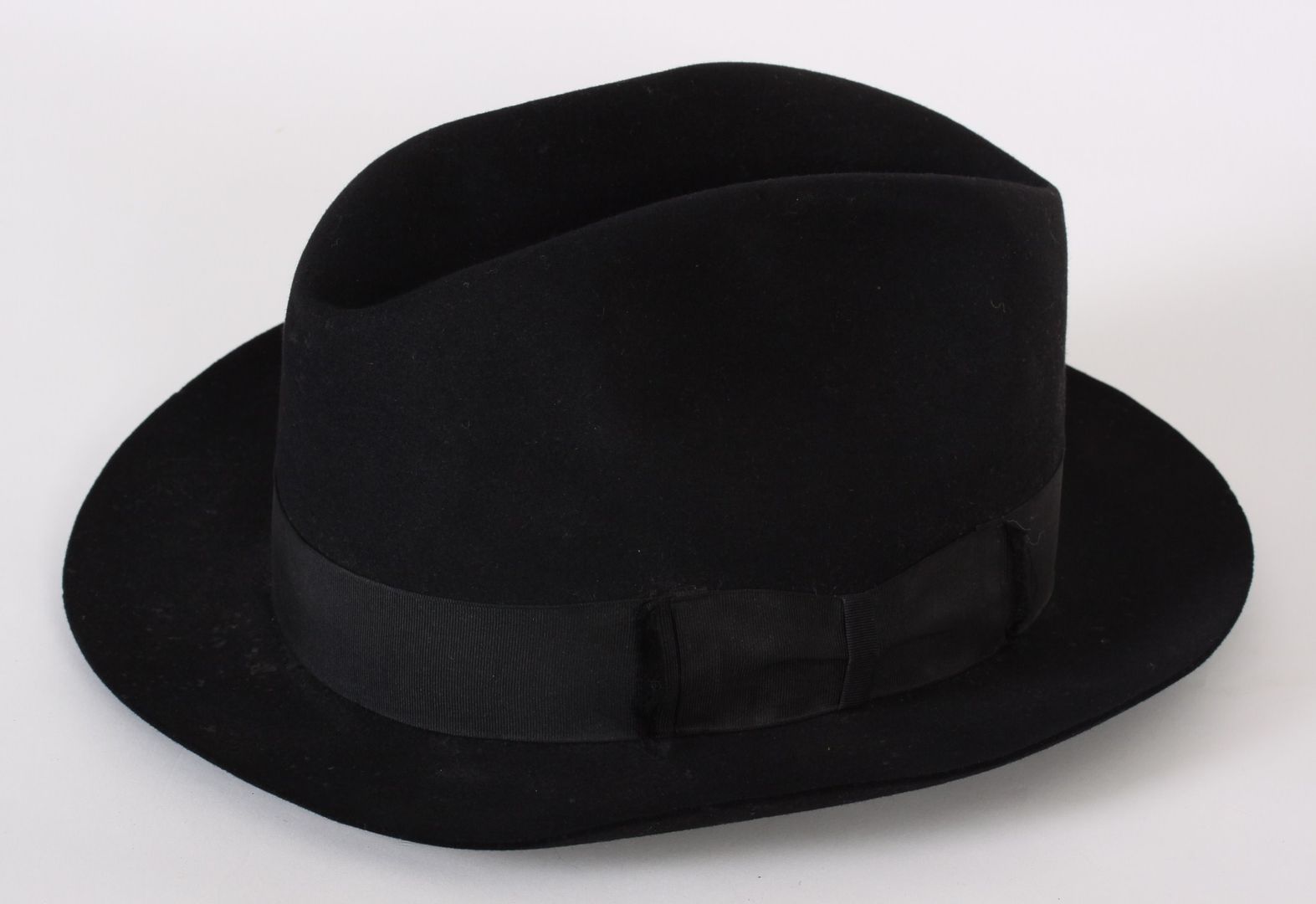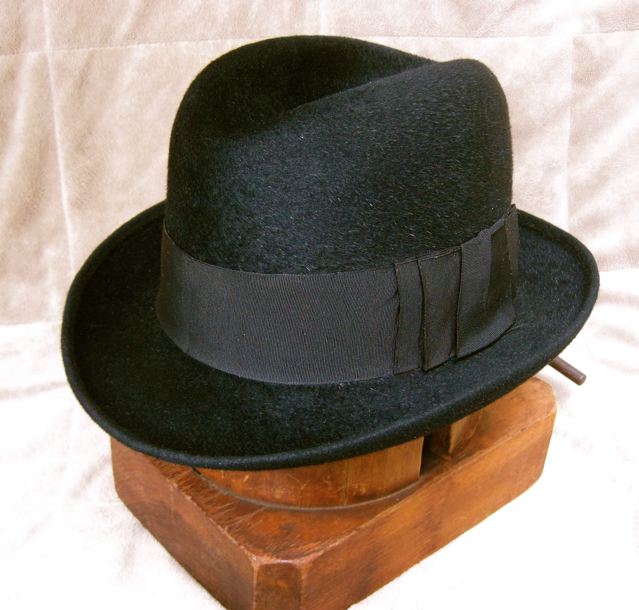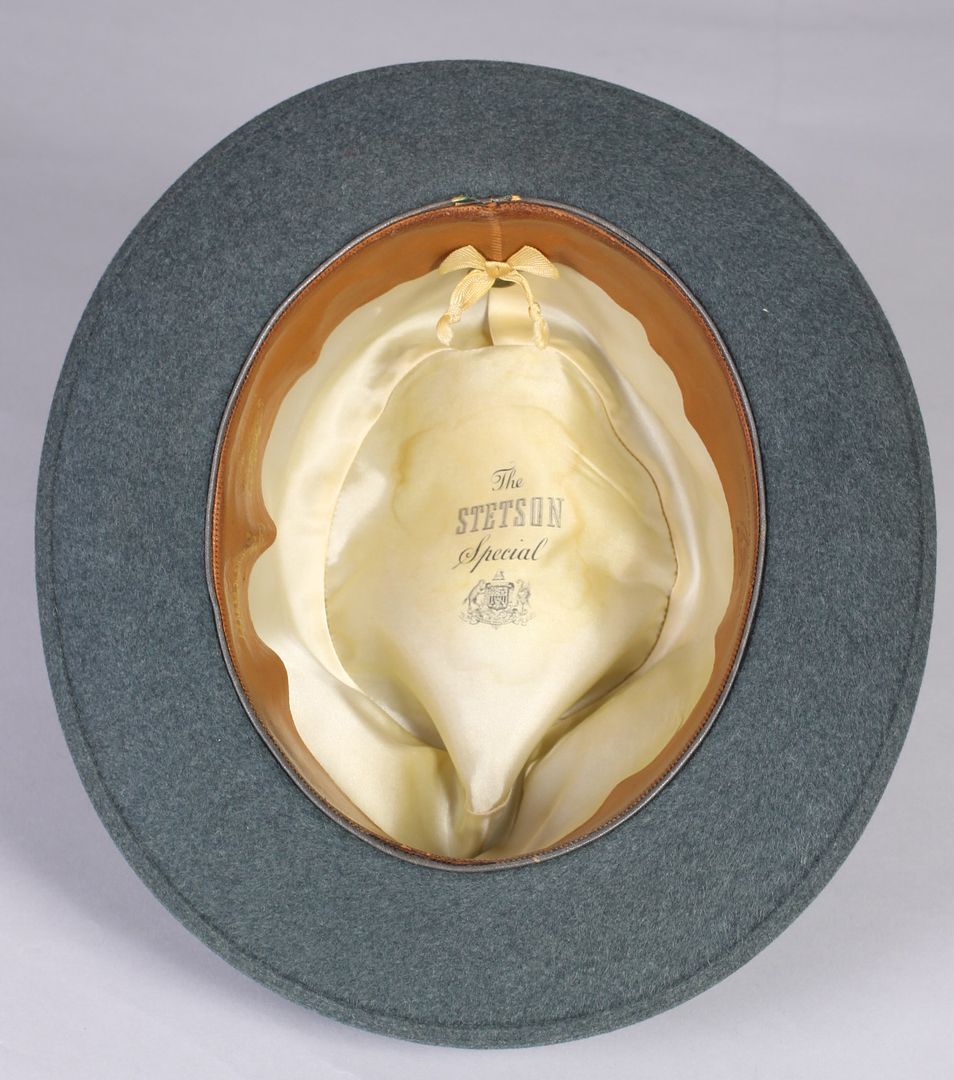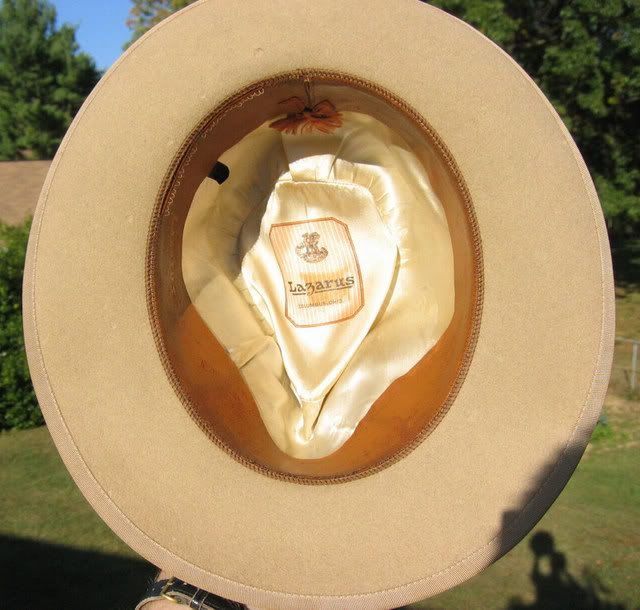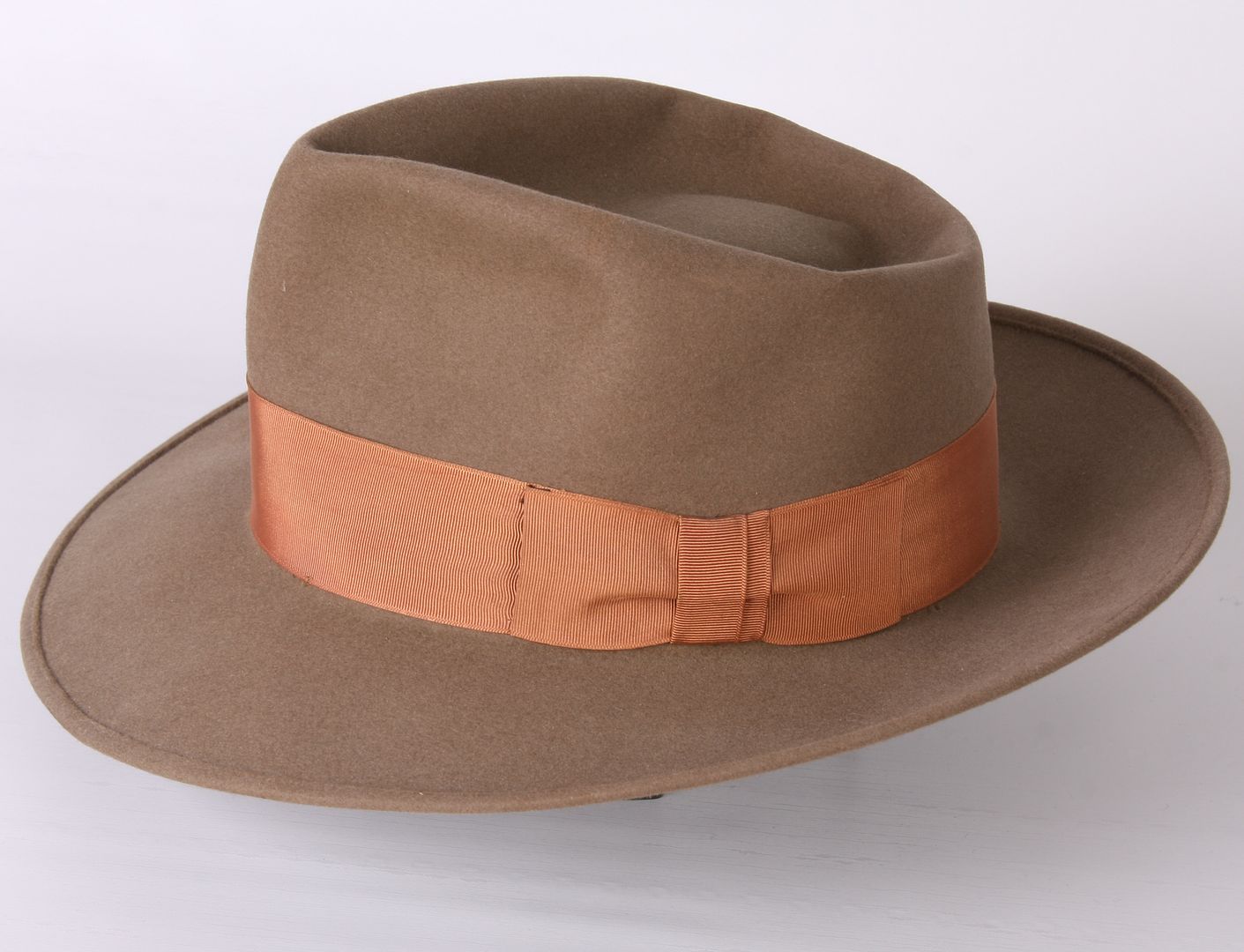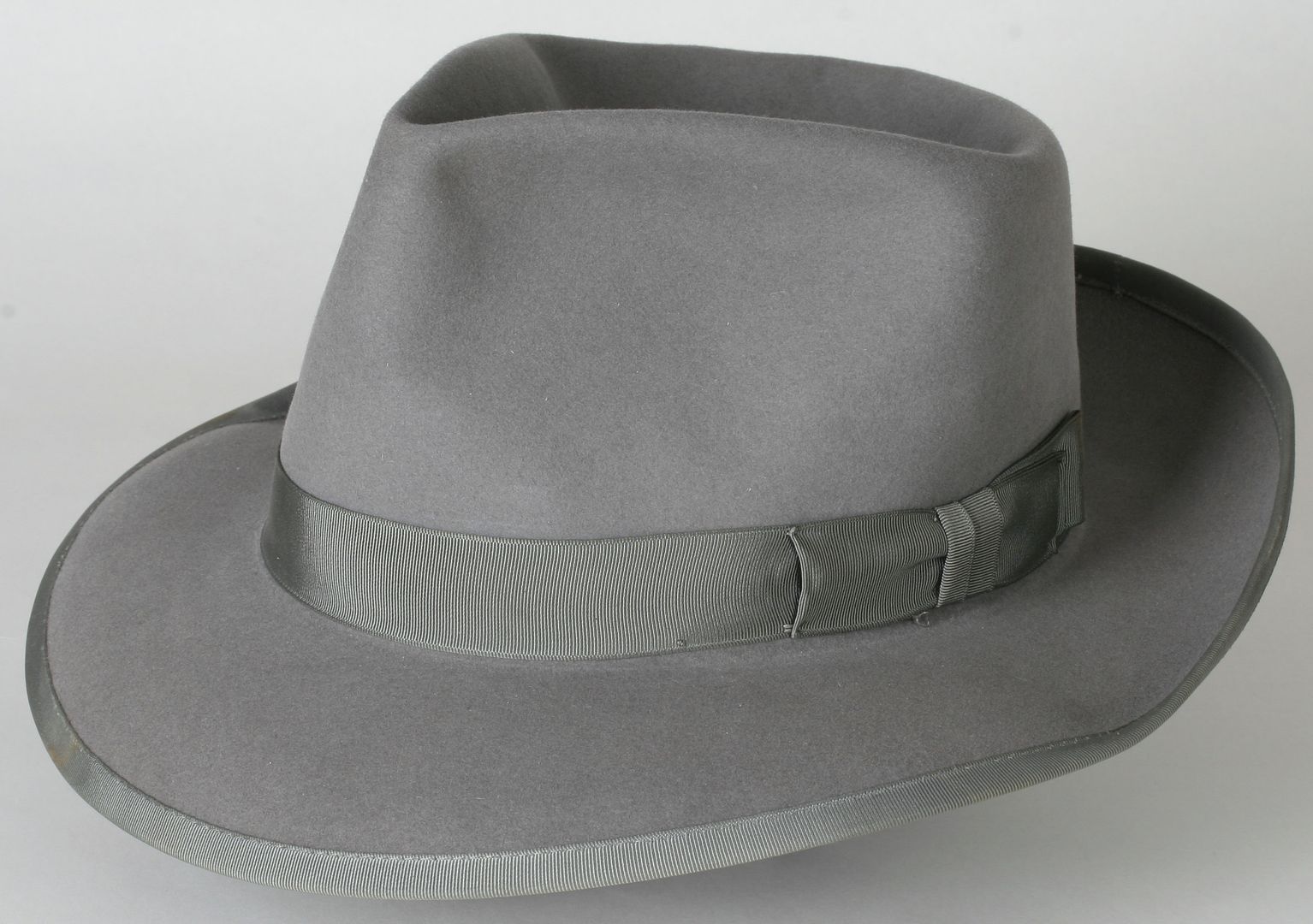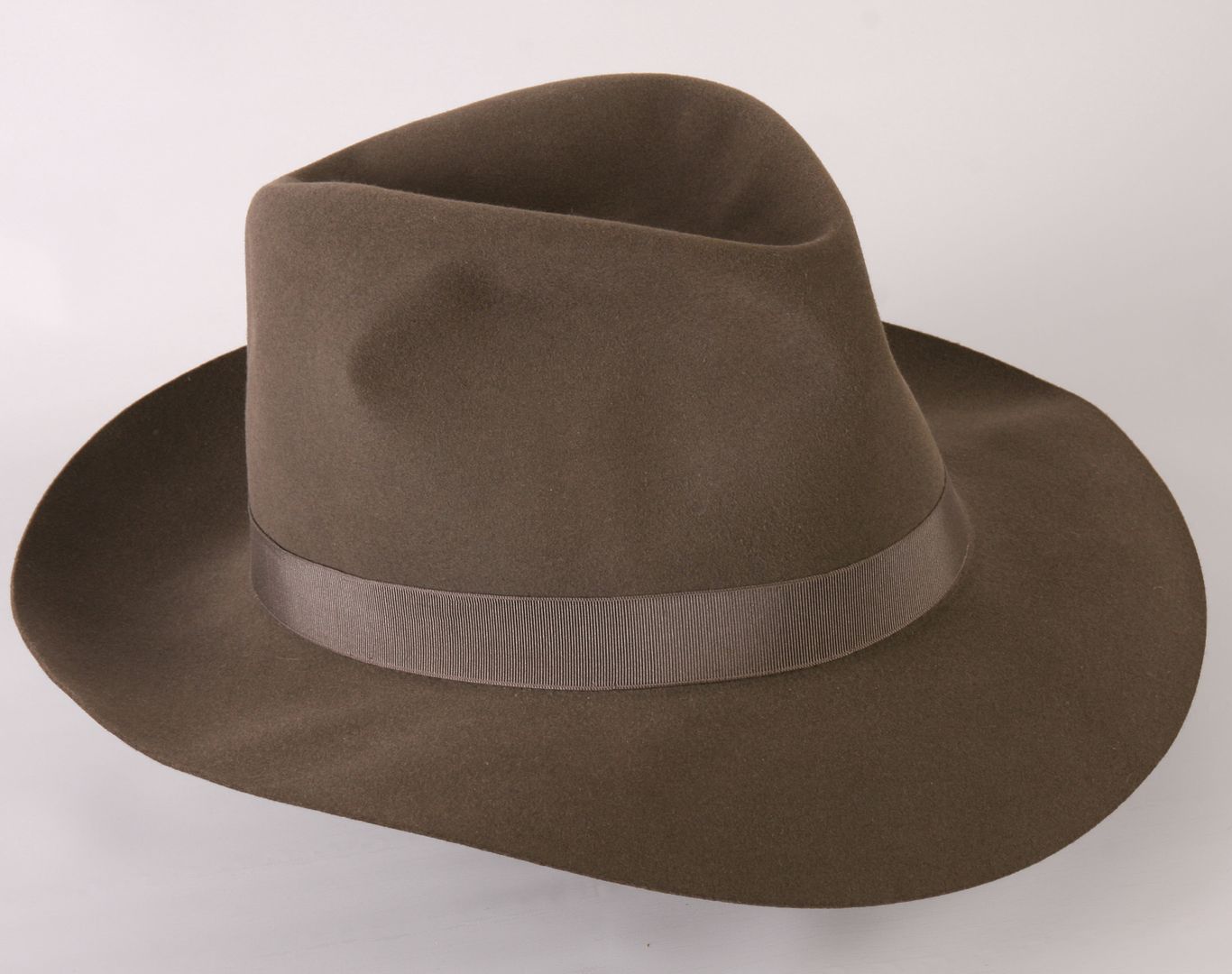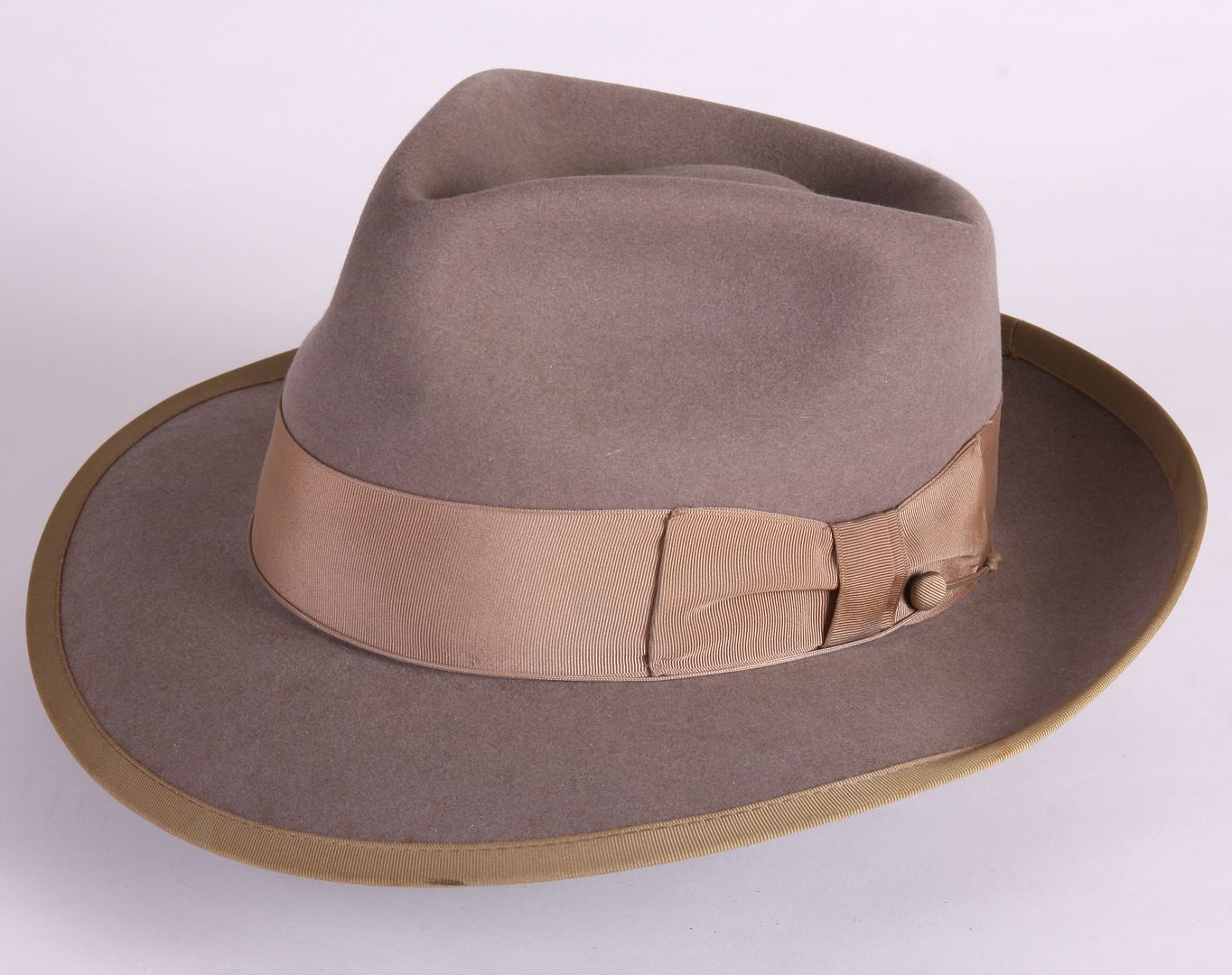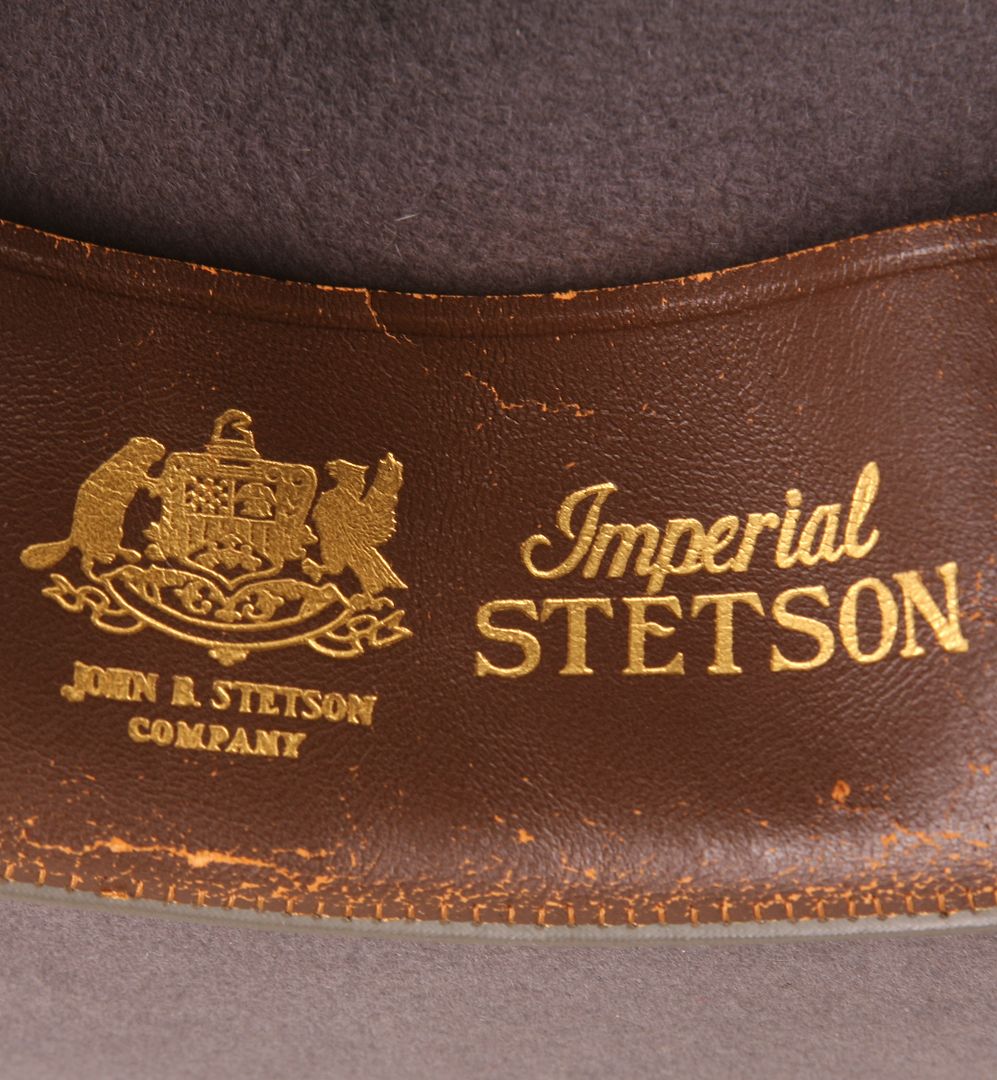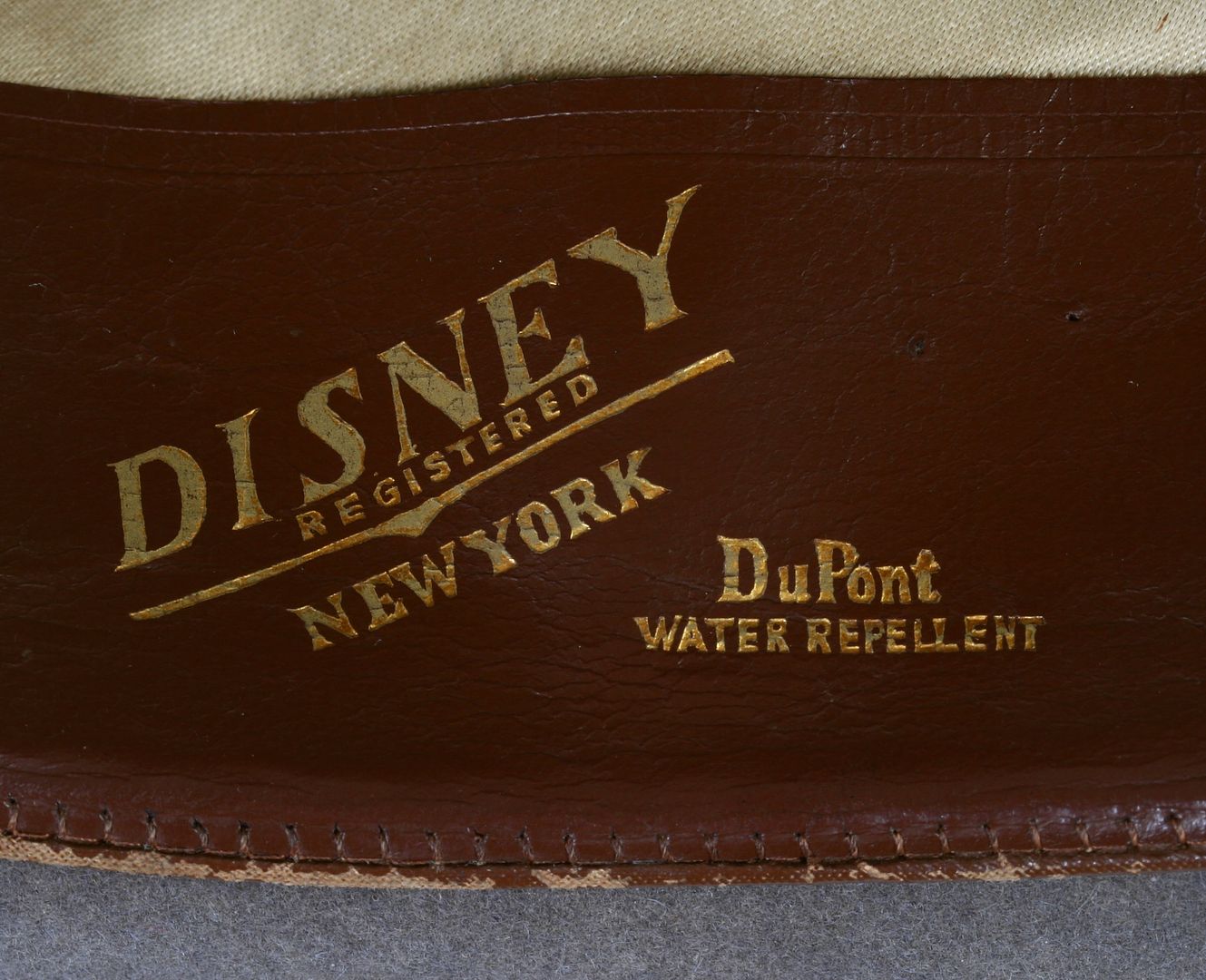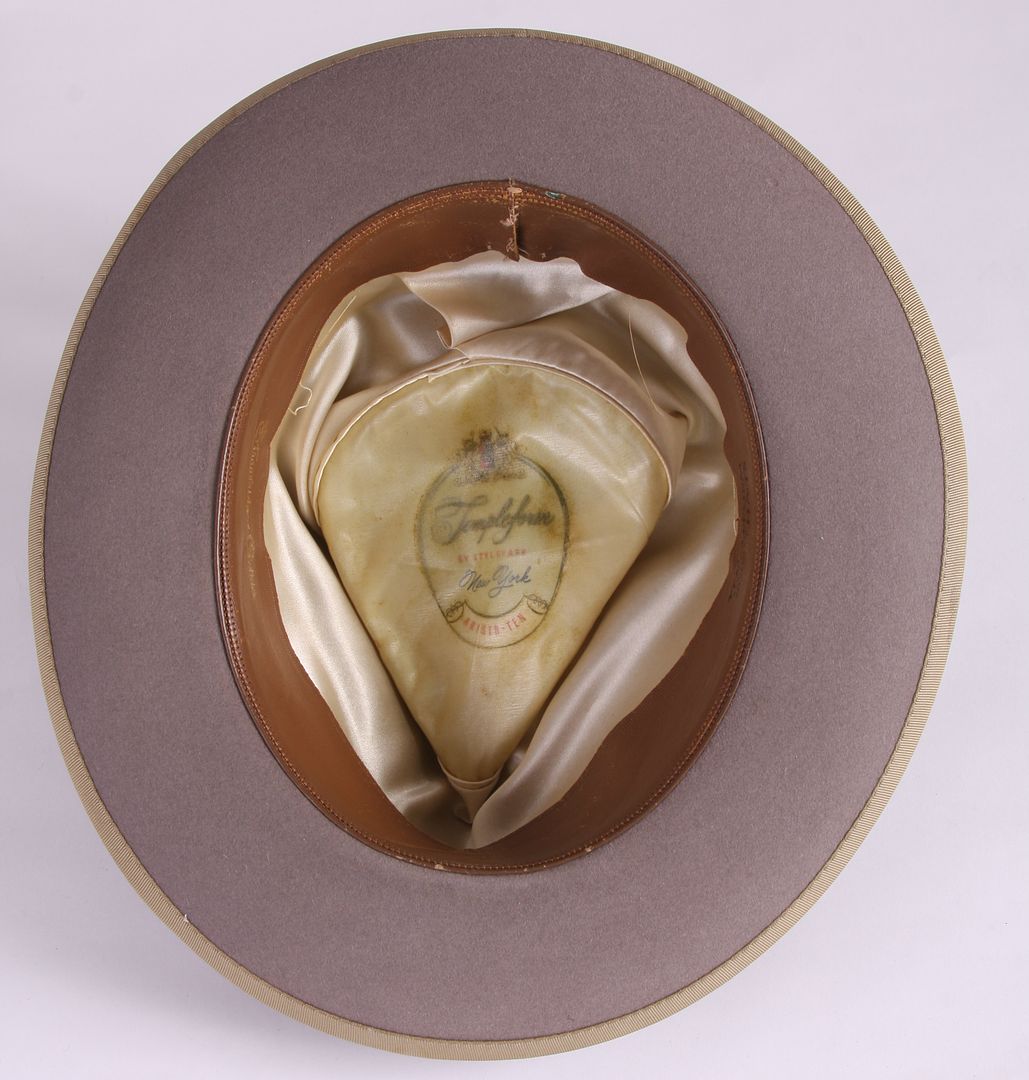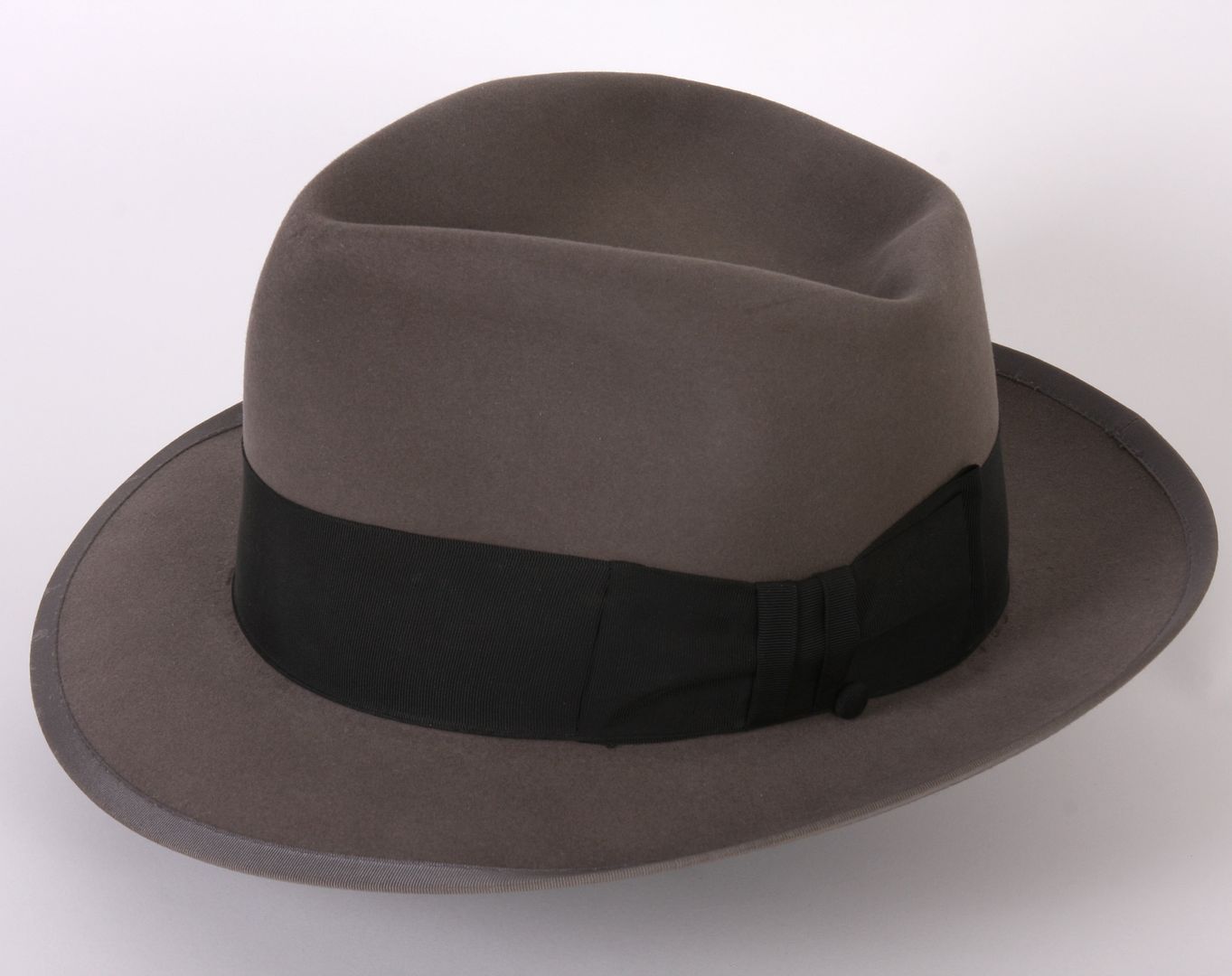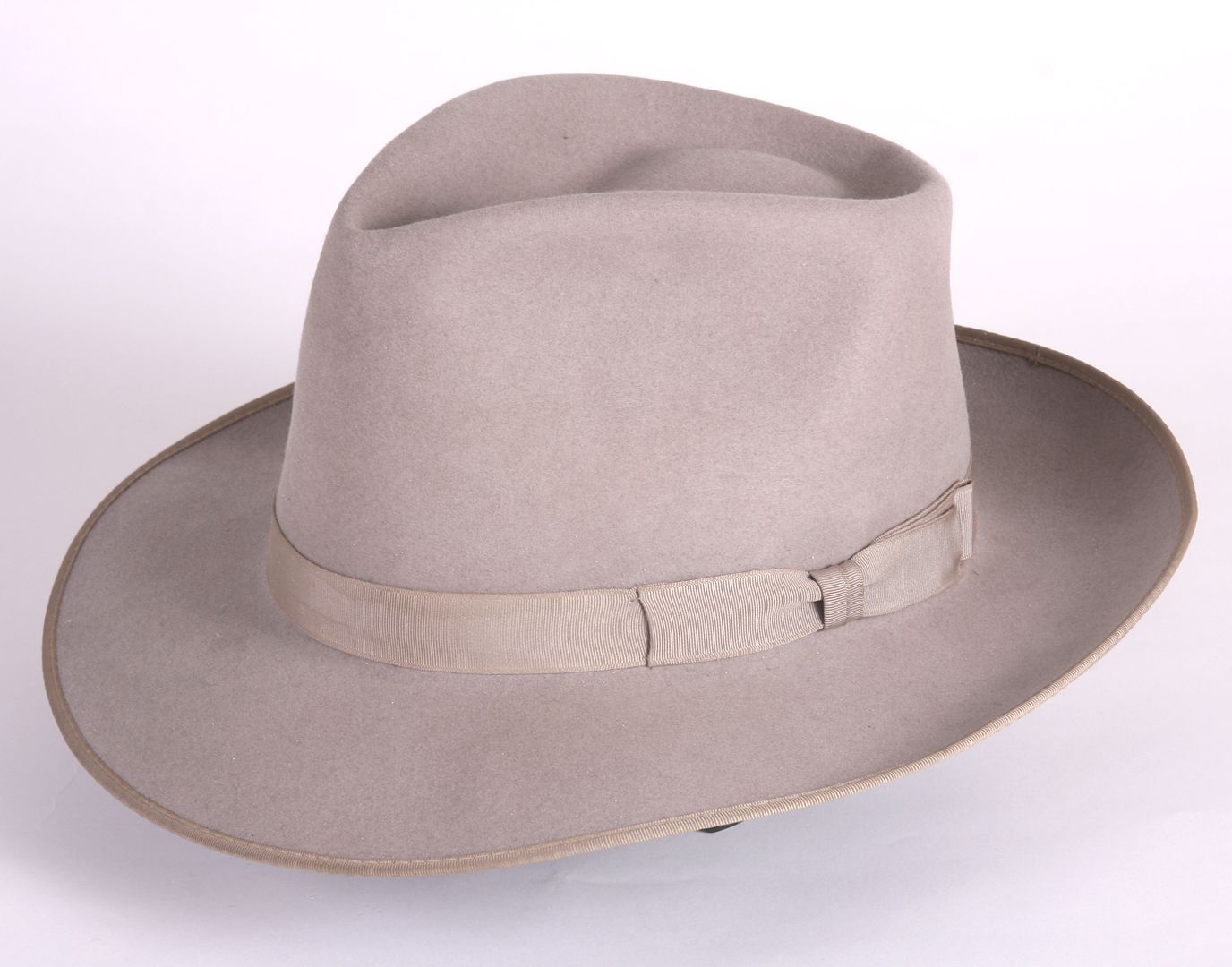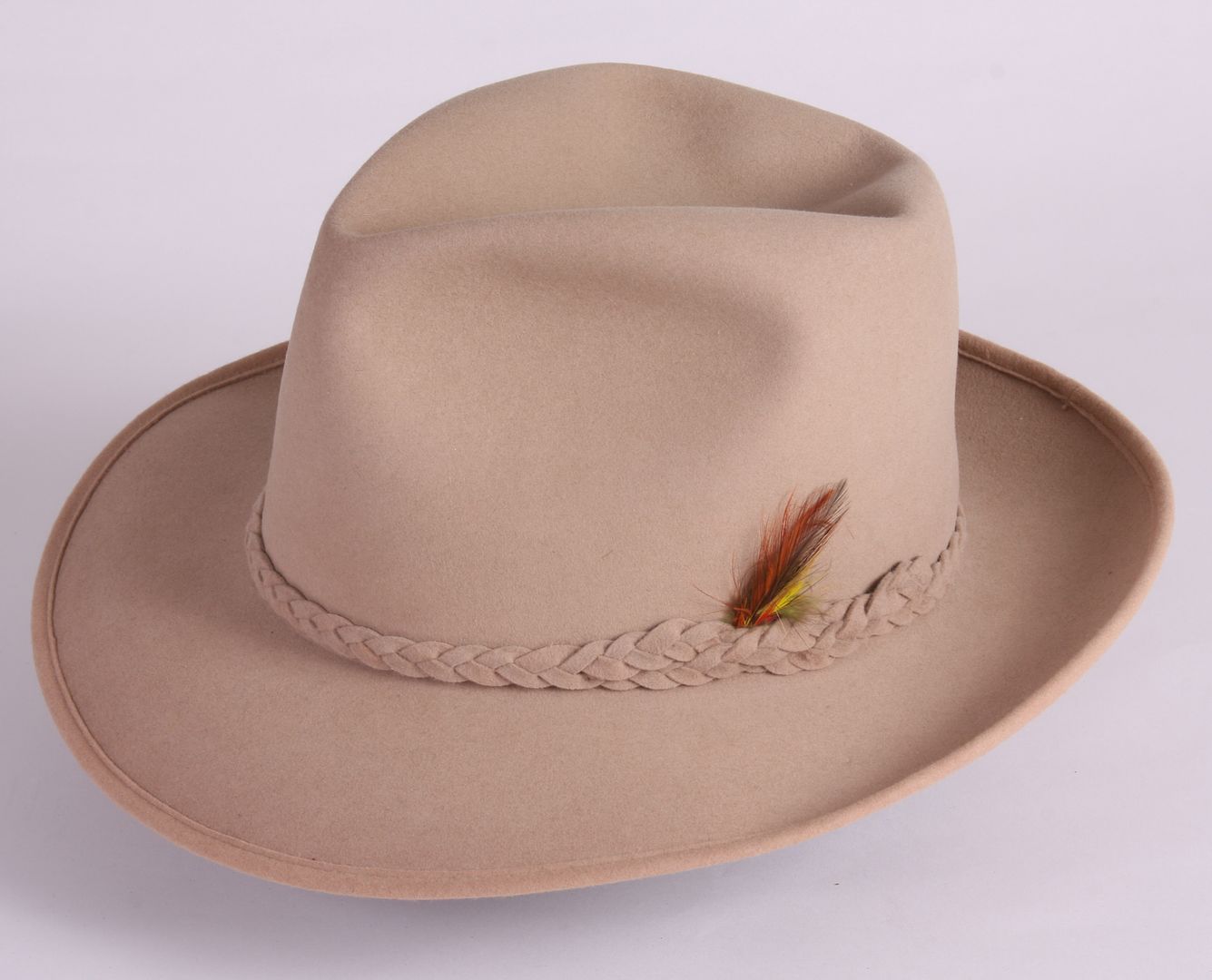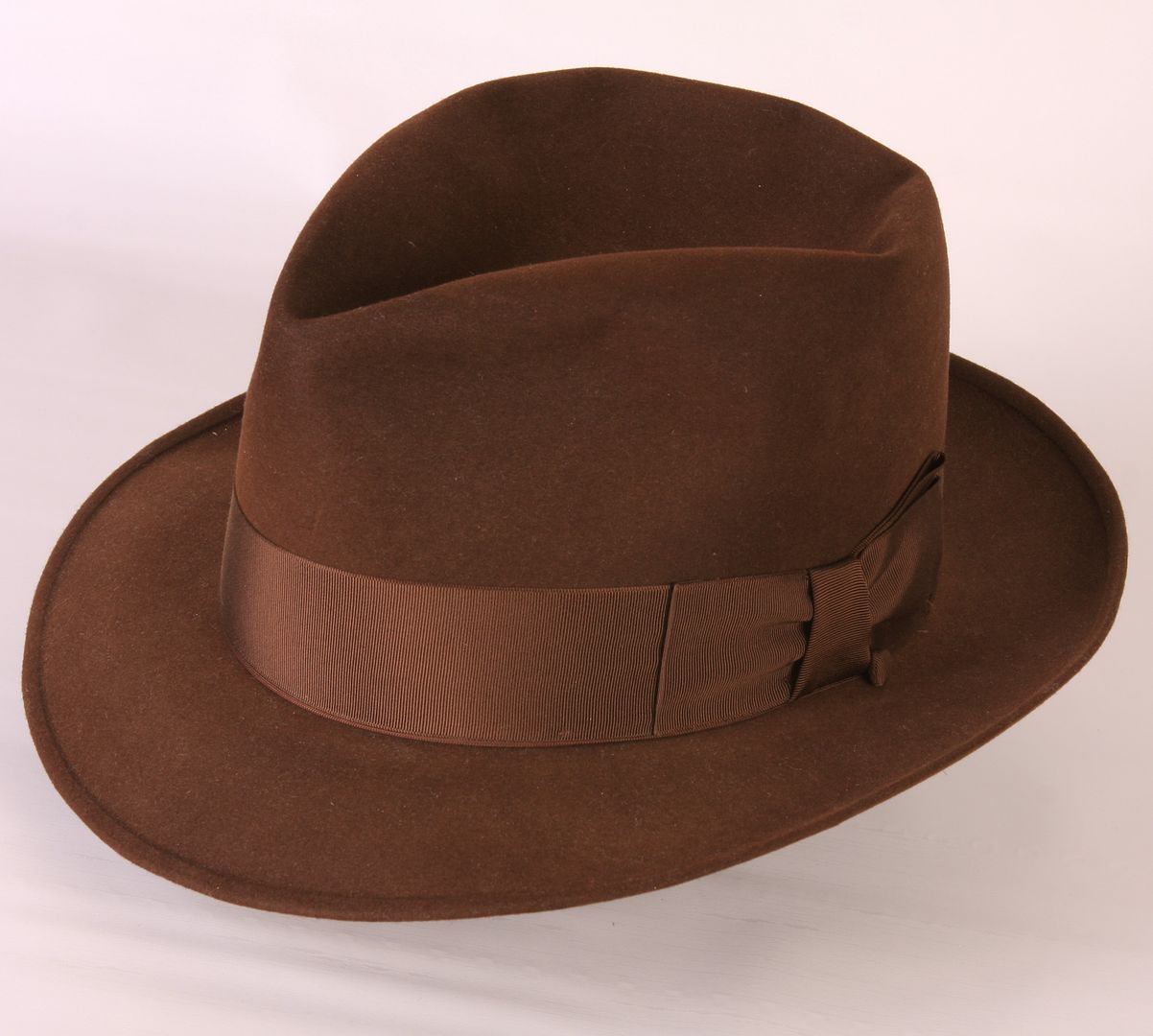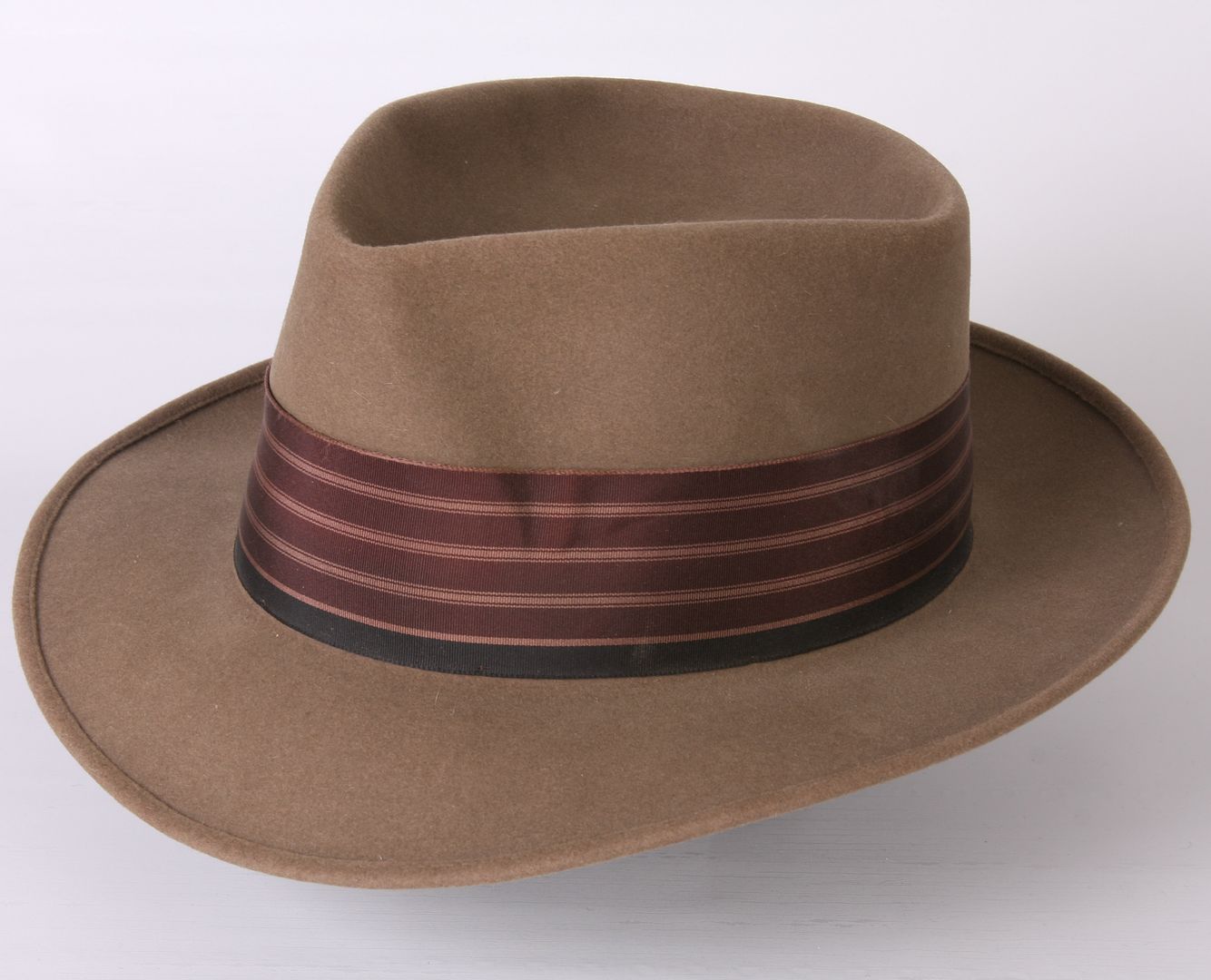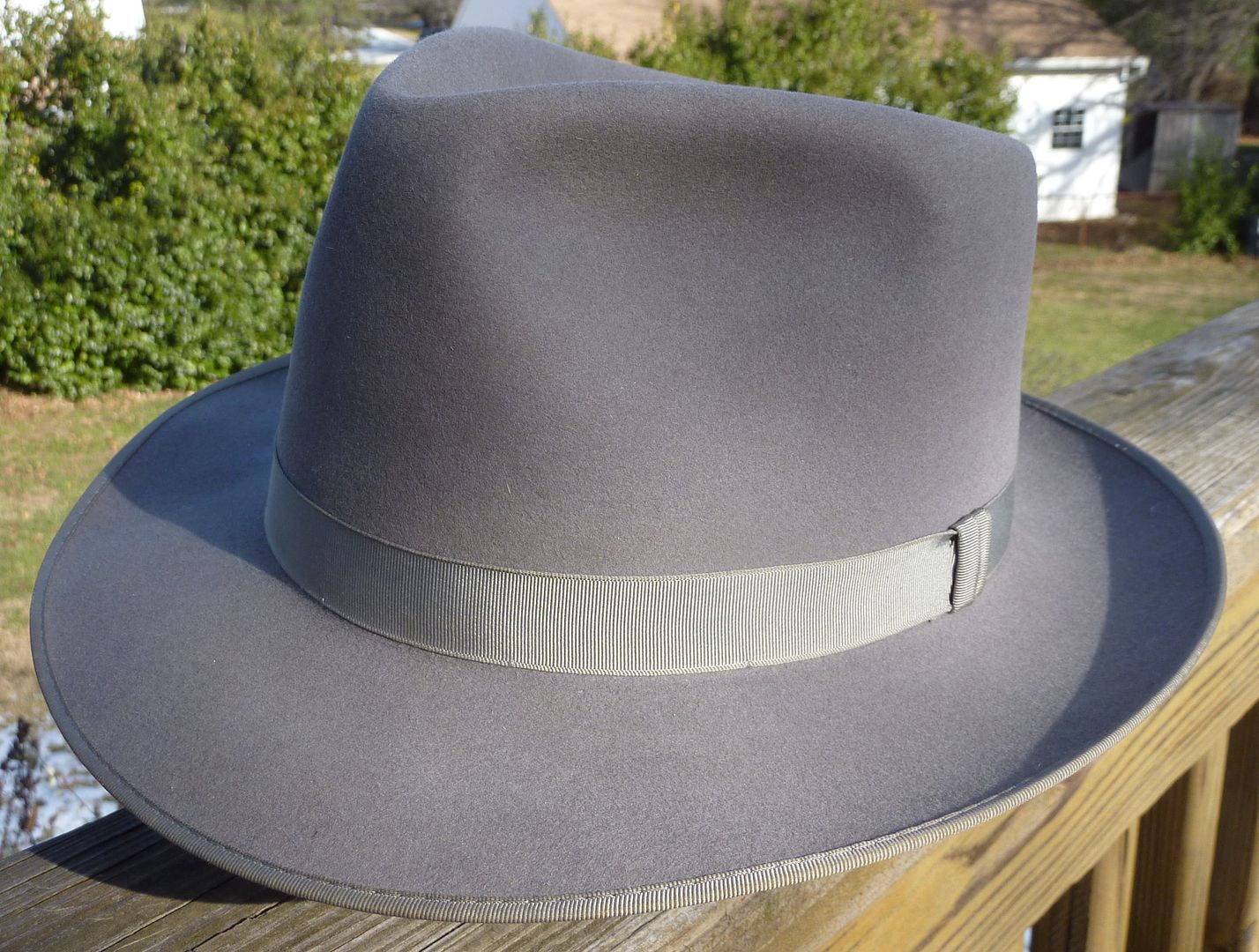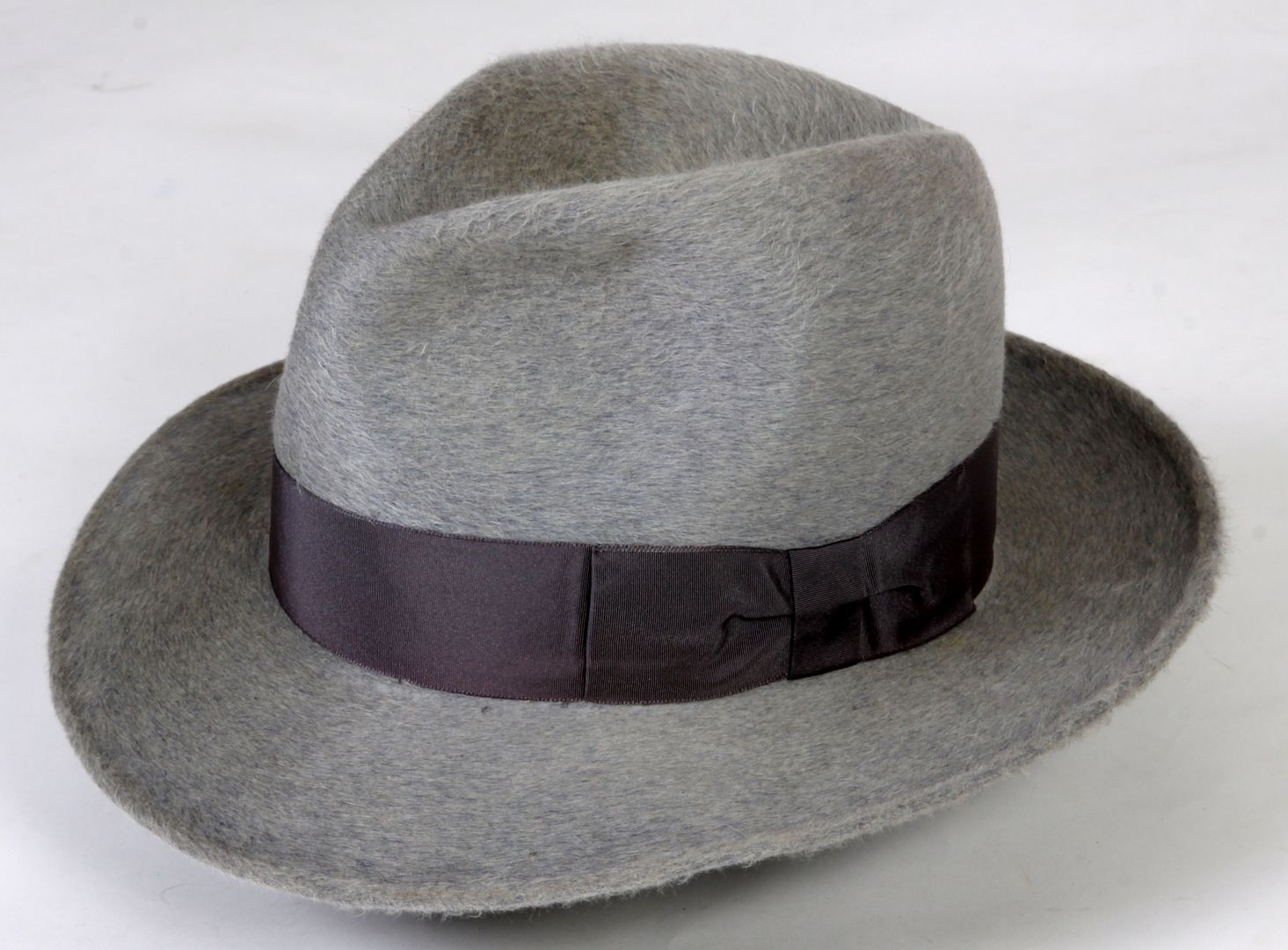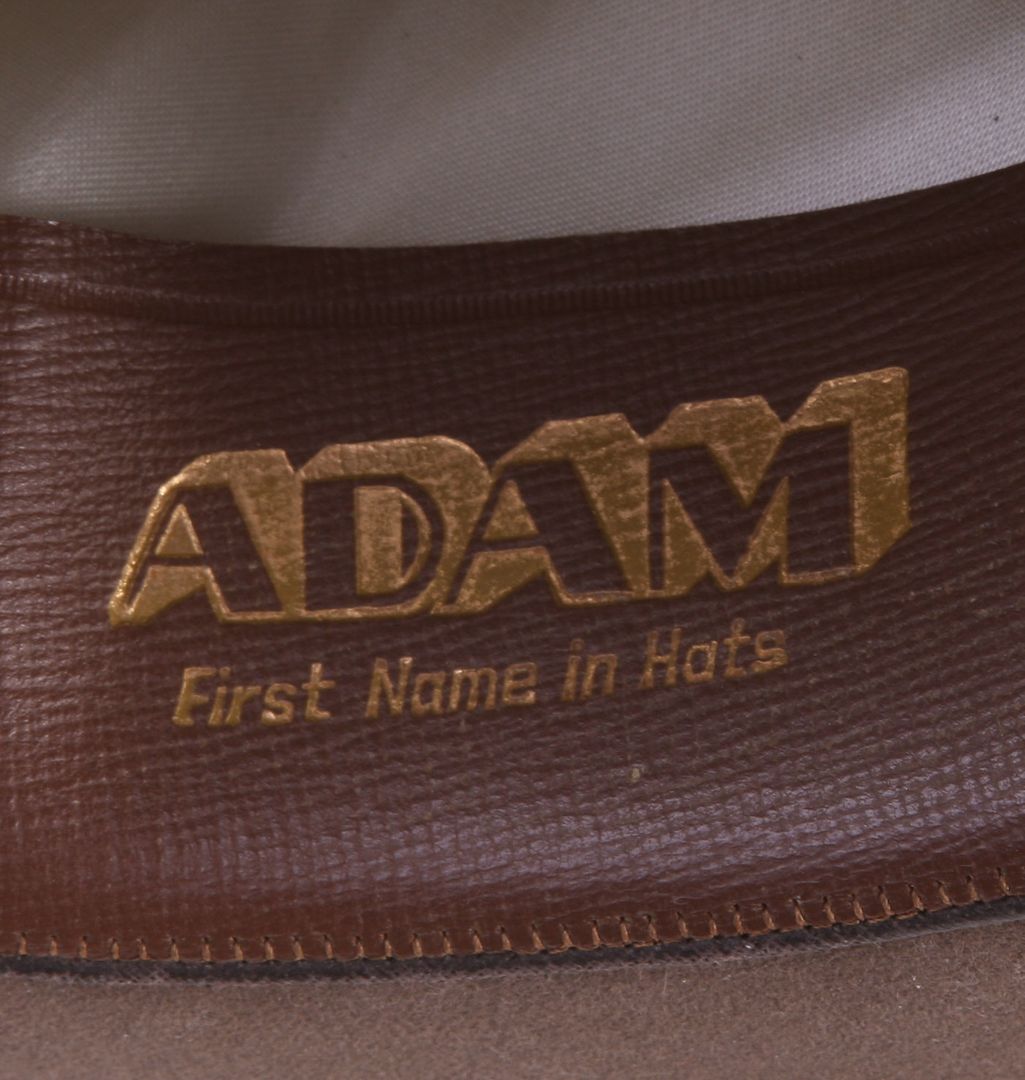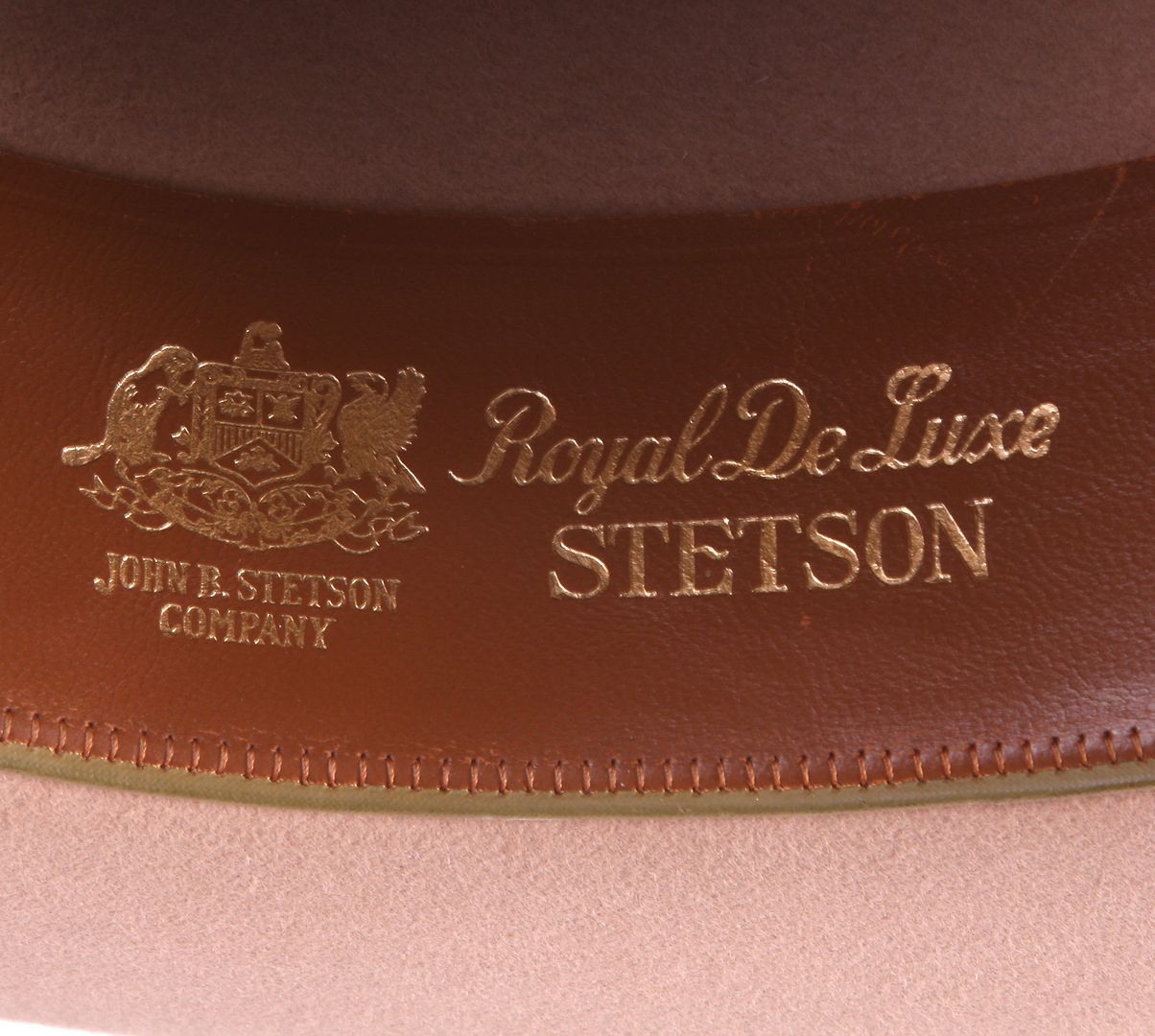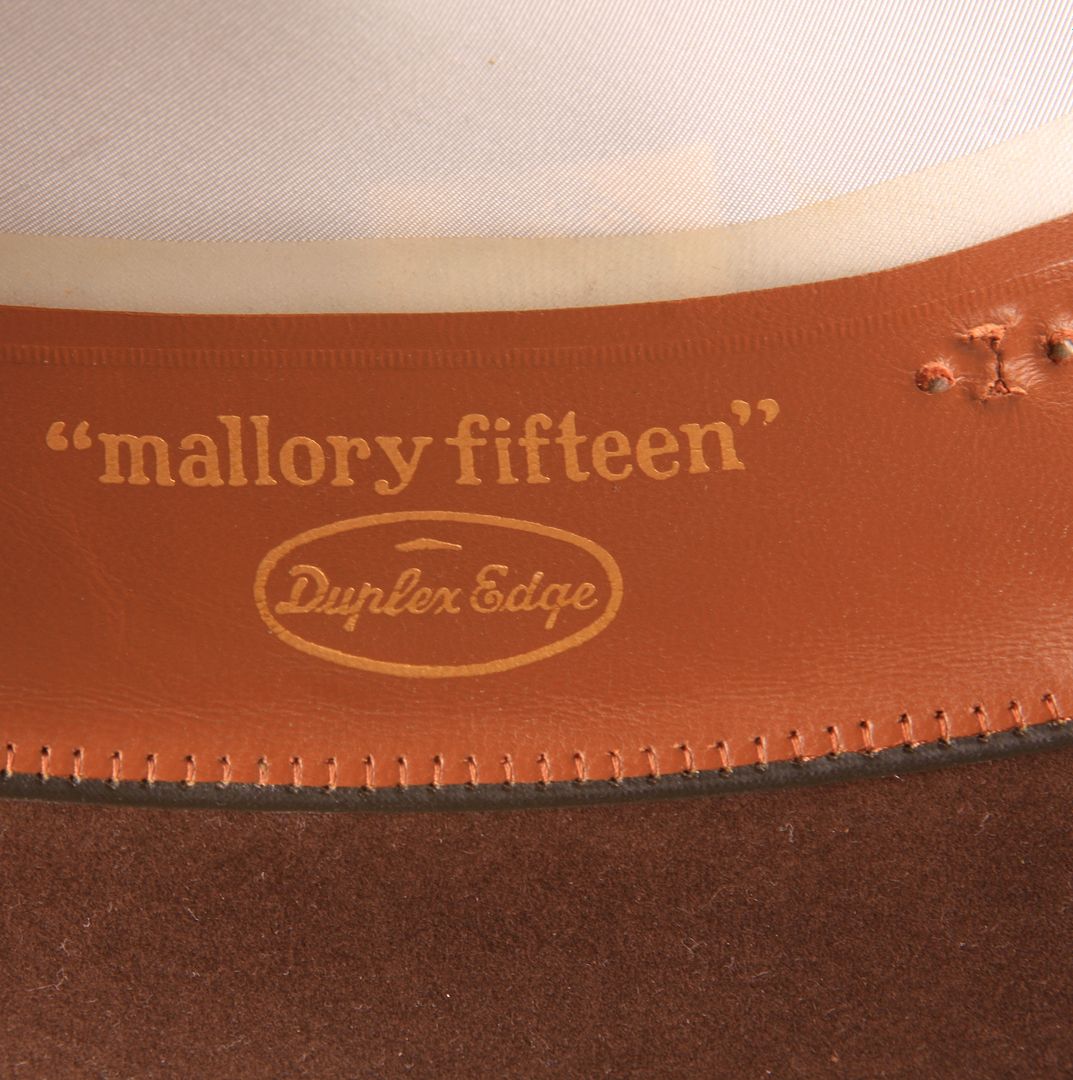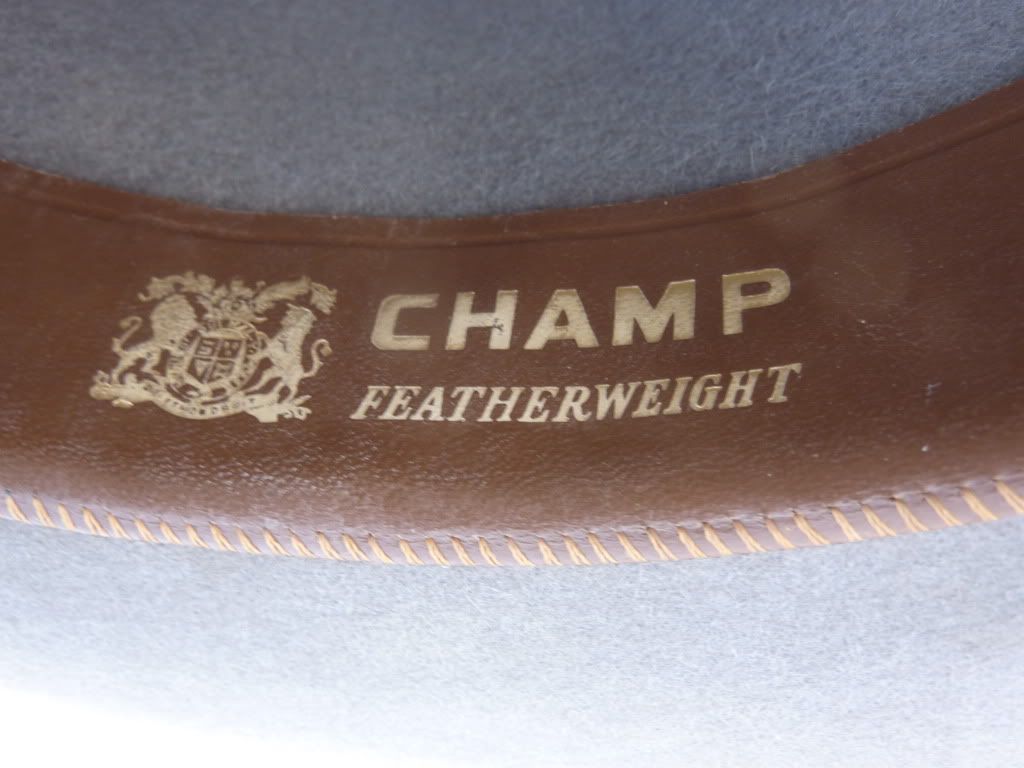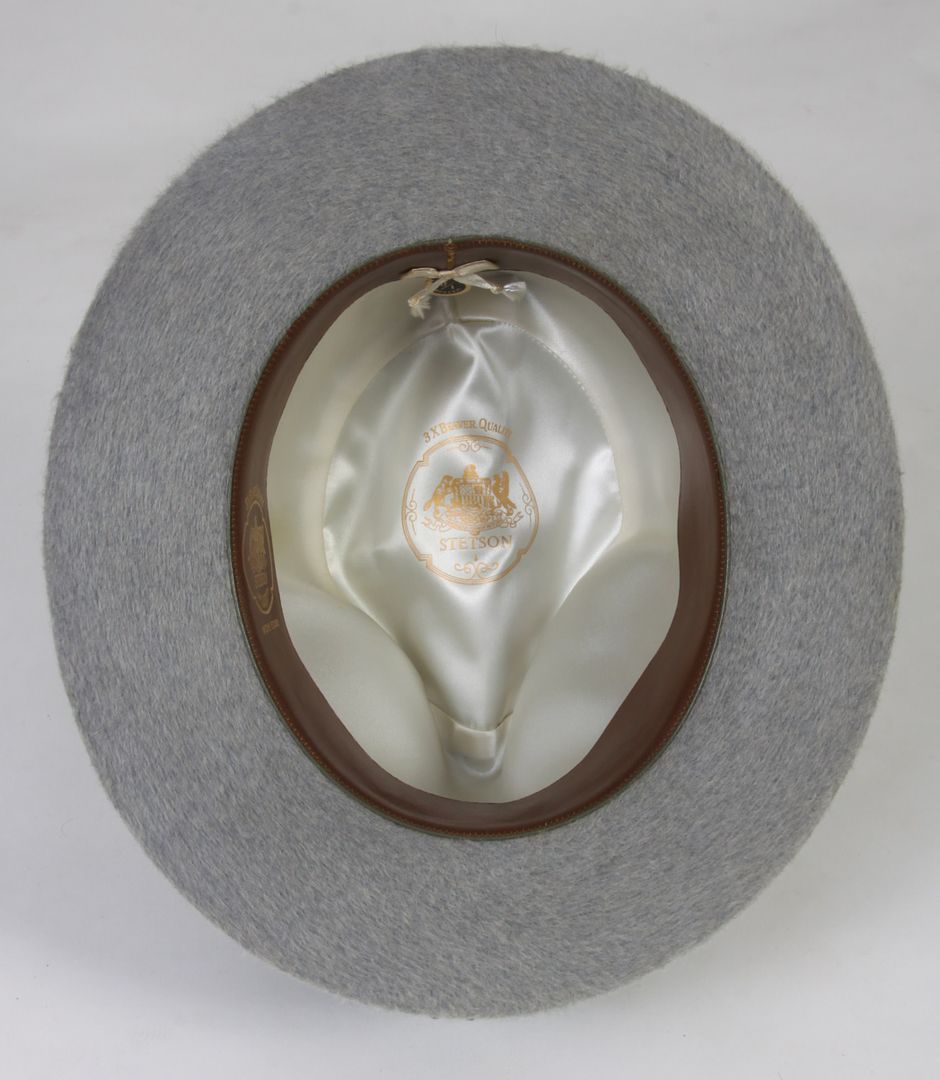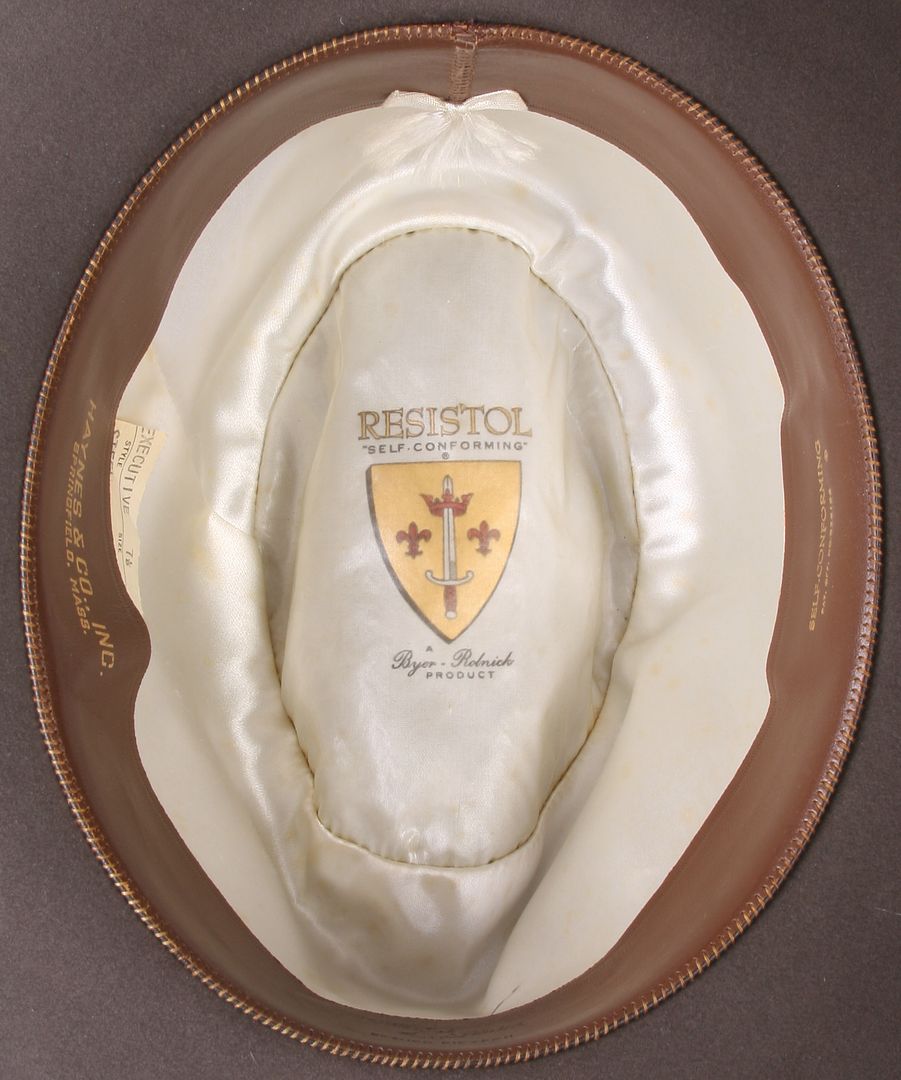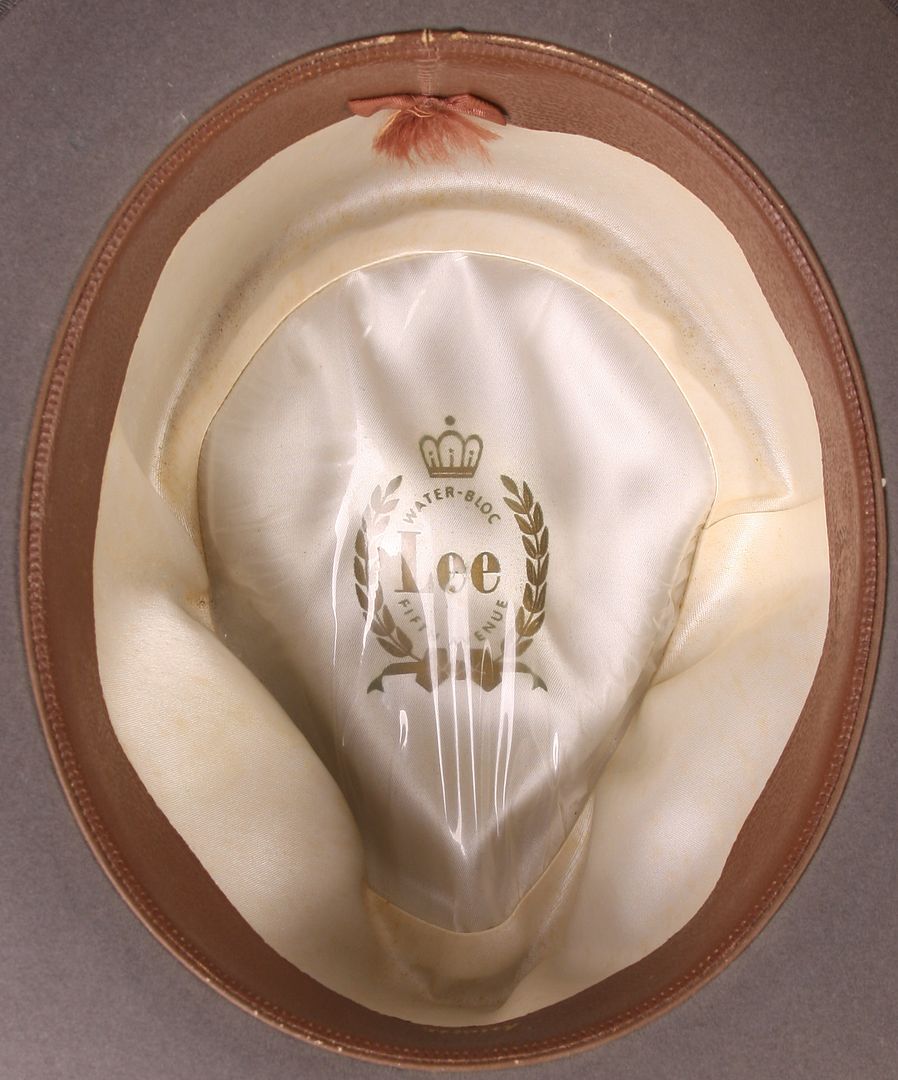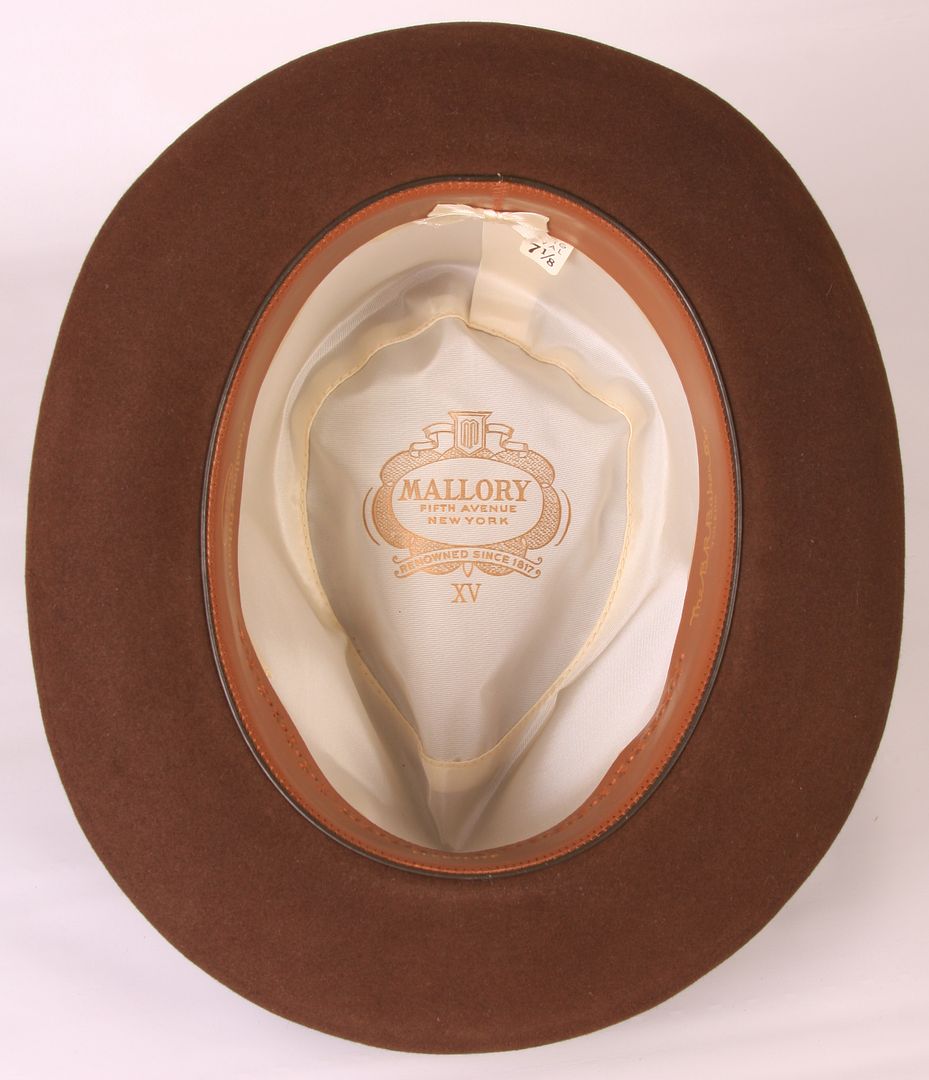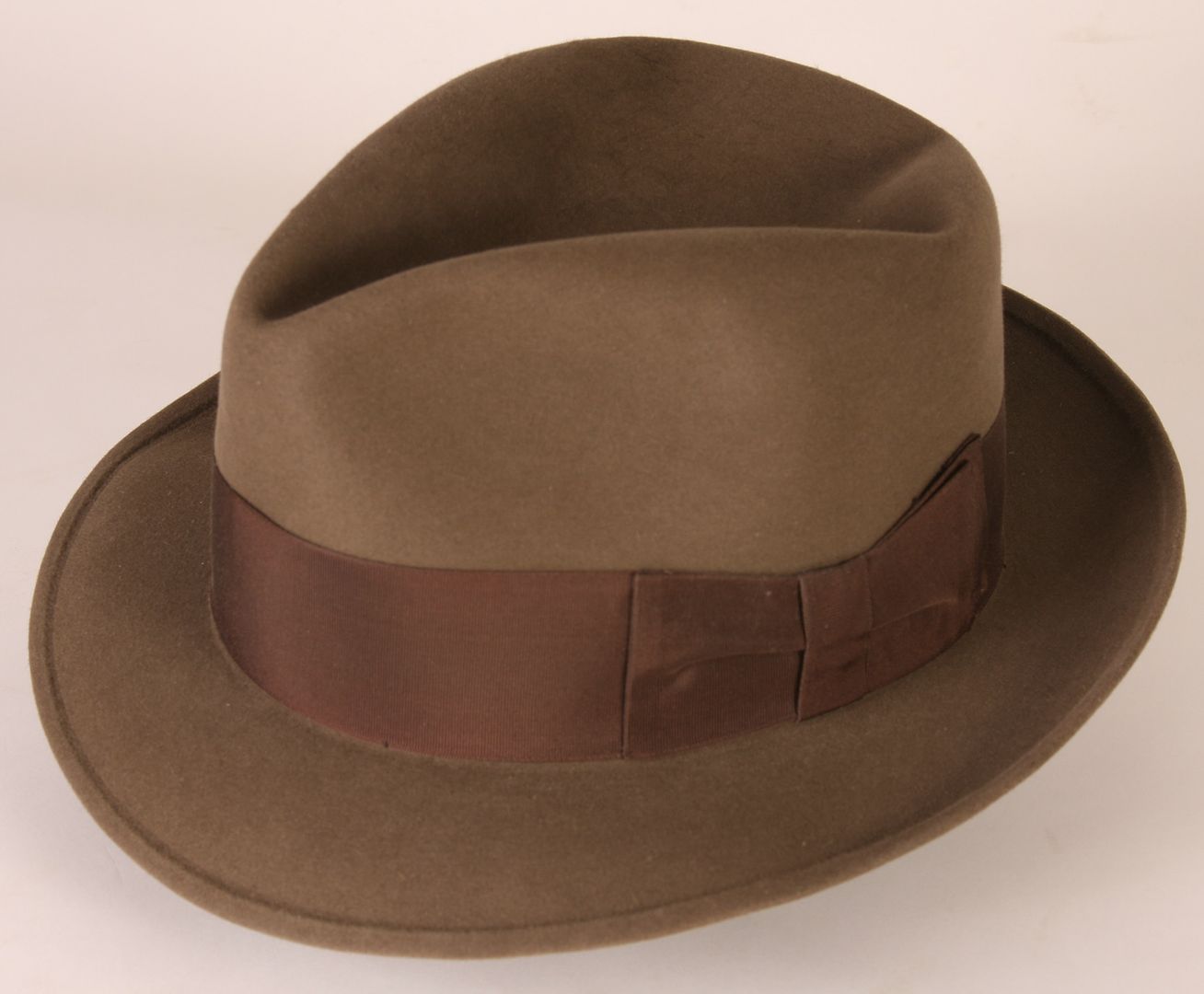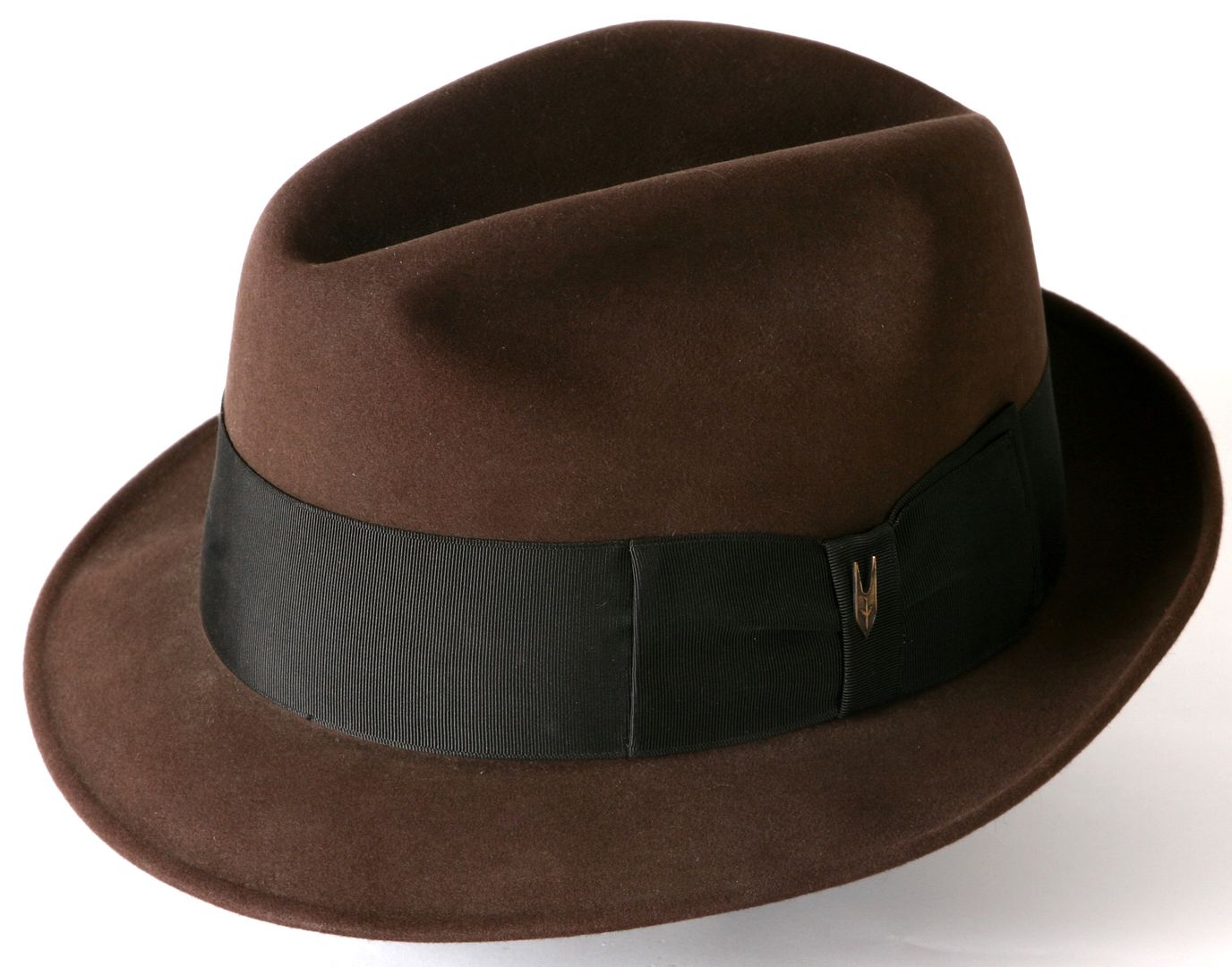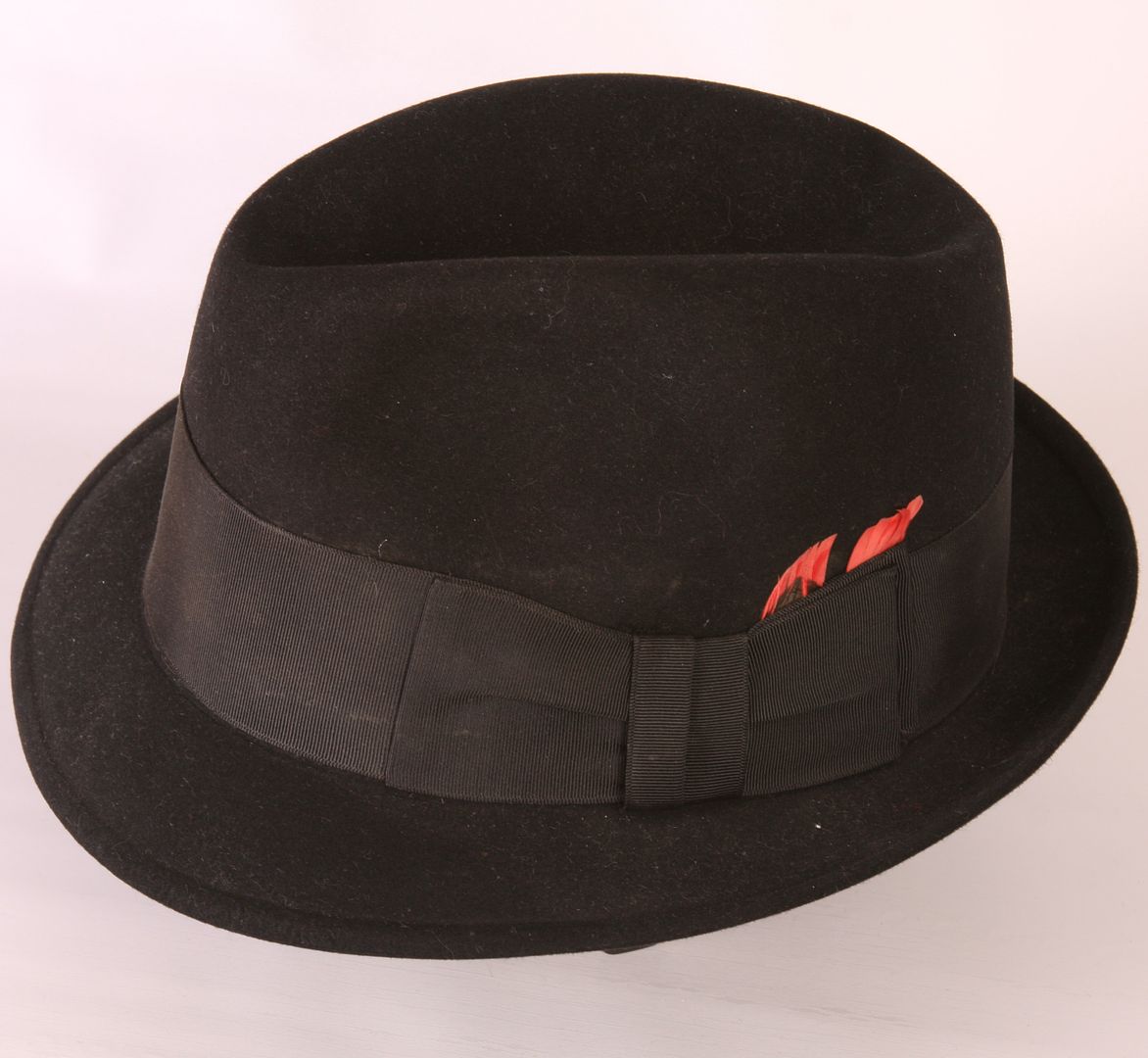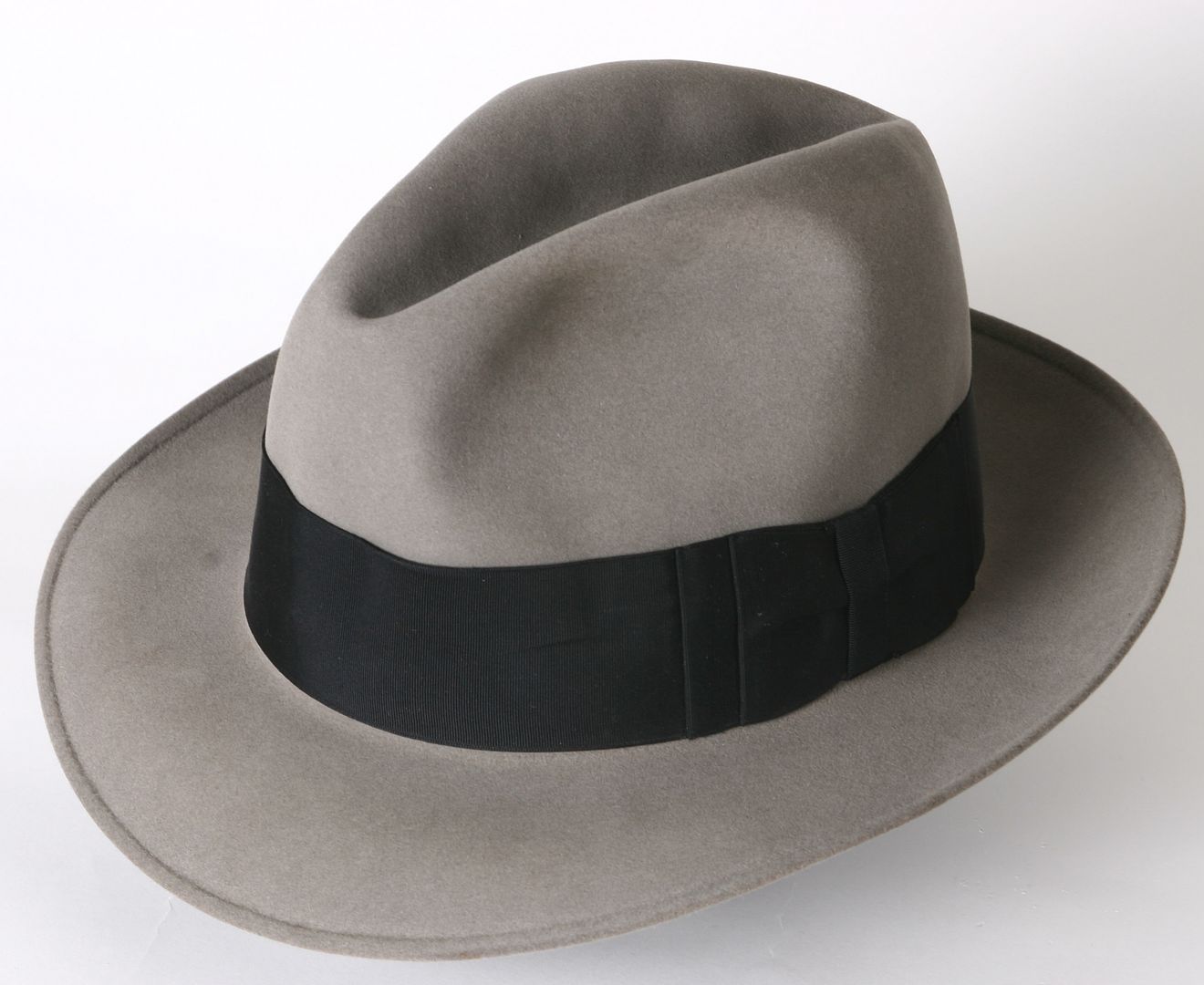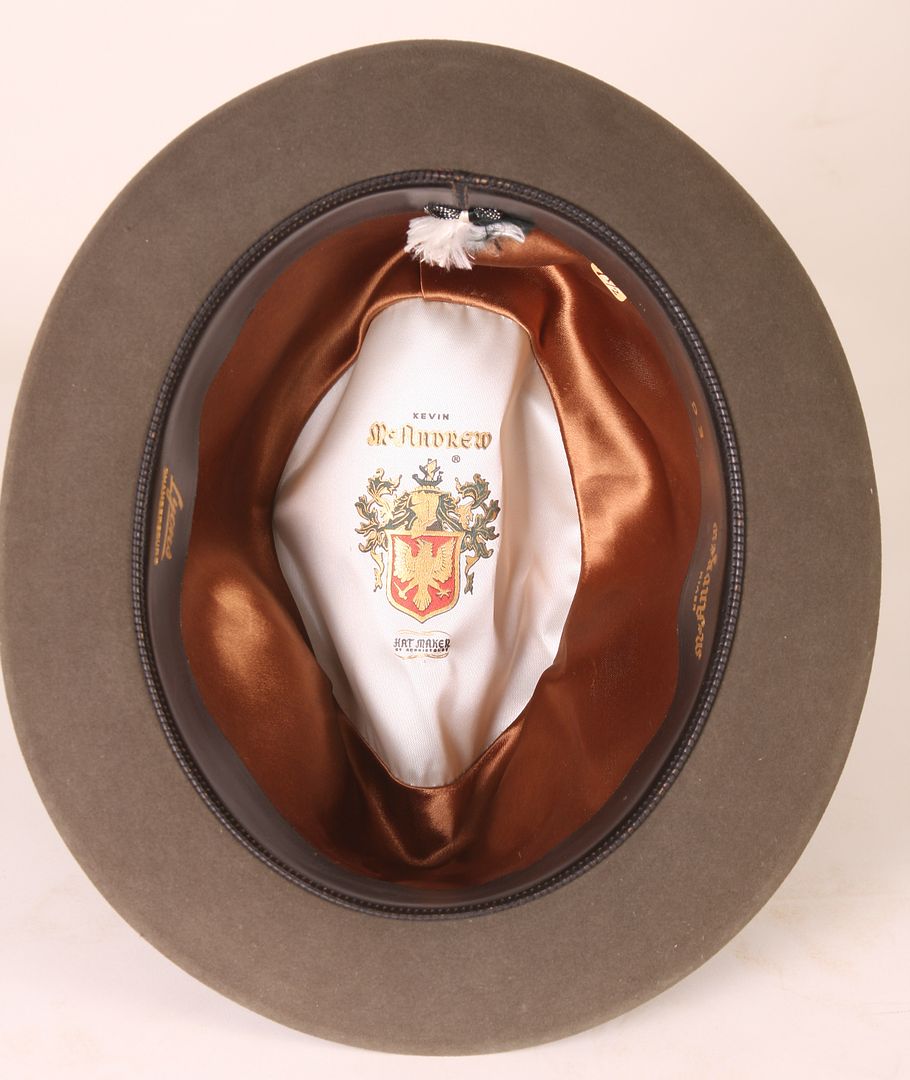- Messages
- 10,562
- Location
- Bozeman, MT
A rough guide for dating vintage fedoras.
Remember- details varied manufacturer to manufacturer, price point to price point, and country to country.
Having a hat with stylistic elements that are common from a particular decade does not necessarily mean that your hat is from that decade. For example, a feathered trailing bow edge is common on hats from the '20s and '30s, but you'll see it on Cavanagh hats through the '60s. Unreeded sweatbands were common on earlier manufacture hats, as were taped sweatband seams- but you still see these details show up much much later, again, depending on manufacturer, price point, model, and country of manufacture.
So don't take anything in this guide as a hard and fast rule, but hopefully it will be useful as a start towards further research.
THE 1920s
Sweatbands - You see a lot of variation in the sweatbands found in early hats. Some companies were using reeded sweatbands, others were using unreeded. In general, you see wide embossing at the top of the sweatband. Sweatbands from the 1920s-early 1930s period are generally wider than later sweatbands. Stitching is generally closer spaced than on later hats. Sweatband embossing is usually intricate, deep, and highly detailed, though this is not always the case.
For reference, here are photos of hats dating from the c.1920s period. There may be some overlap to the early 1930s, as things change gradually and there are generally not industry-wide immediate changes made in materials or processes.
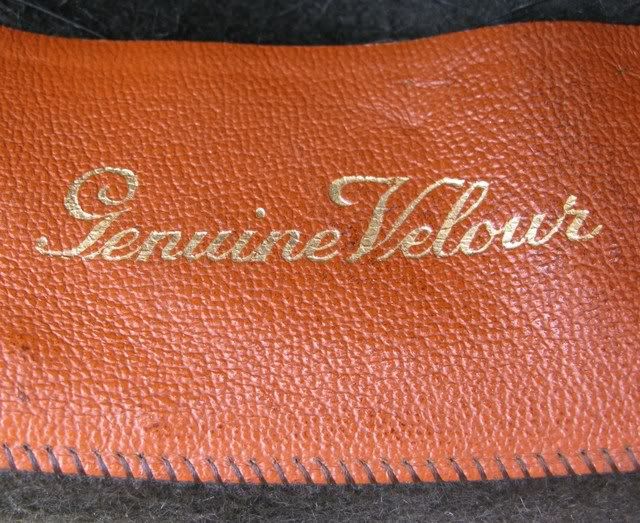
Genuine Velour. Note unreeded sweatband and sweatband texture.

Marshall Field. Note reeded sweatband and blind embossing.

Mallory dated 1923. Unreeded. Blind embossed logo.

Stetson. Incredibly detailed embossing. Reeded sweatband.

Stetson. Note sweatband texture and high level of quality of embossing.

Stetson. Blind embossed. High level of detail.
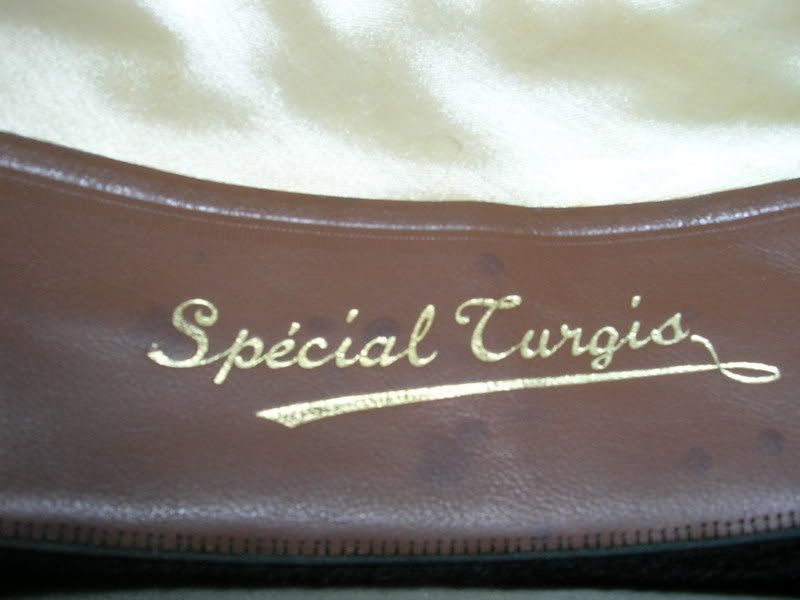

Solferino. Italian hat. Unreeded
Remember- details varied manufacturer to manufacturer, price point to price point, and country to country.
Having a hat with stylistic elements that are common from a particular decade does not necessarily mean that your hat is from that decade. For example, a feathered trailing bow edge is common on hats from the '20s and '30s, but you'll see it on Cavanagh hats through the '60s. Unreeded sweatbands were common on earlier manufacture hats, as were taped sweatband seams- but you still see these details show up much much later, again, depending on manufacturer, price point, model, and country of manufacture.
So don't take anything in this guide as a hard and fast rule, but hopefully it will be useful as a start towards further research.
THE 1920s
Sweatbands - You see a lot of variation in the sweatbands found in early hats. Some companies were using reeded sweatbands, others were using unreeded. In general, you see wide embossing at the top of the sweatband. Sweatbands from the 1920s-early 1930s period are generally wider than later sweatbands. Stitching is generally closer spaced than on later hats. Sweatband embossing is usually intricate, deep, and highly detailed, though this is not always the case.
For reference, here are photos of hats dating from the c.1920s period. There may be some overlap to the early 1930s, as things change gradually and there are generally not industry-wide immediate changes made in materials or processes.

Genuine Velour. Note unreeded sweatband and sweatband texture.

Marshall Field. Note reeded sweatband and blind embossing.

Mallory dated 1923. Unreeded. Blind embossed logo.

Stetson. Incredibly detailed embossing. Reeded sweatband.

Stetson. Note sweatband texture and high level of quality of embossing.

Stetson. Blind embossed. High level of detail.


Solferino. Italian hat. Unreeded
Last edited:
